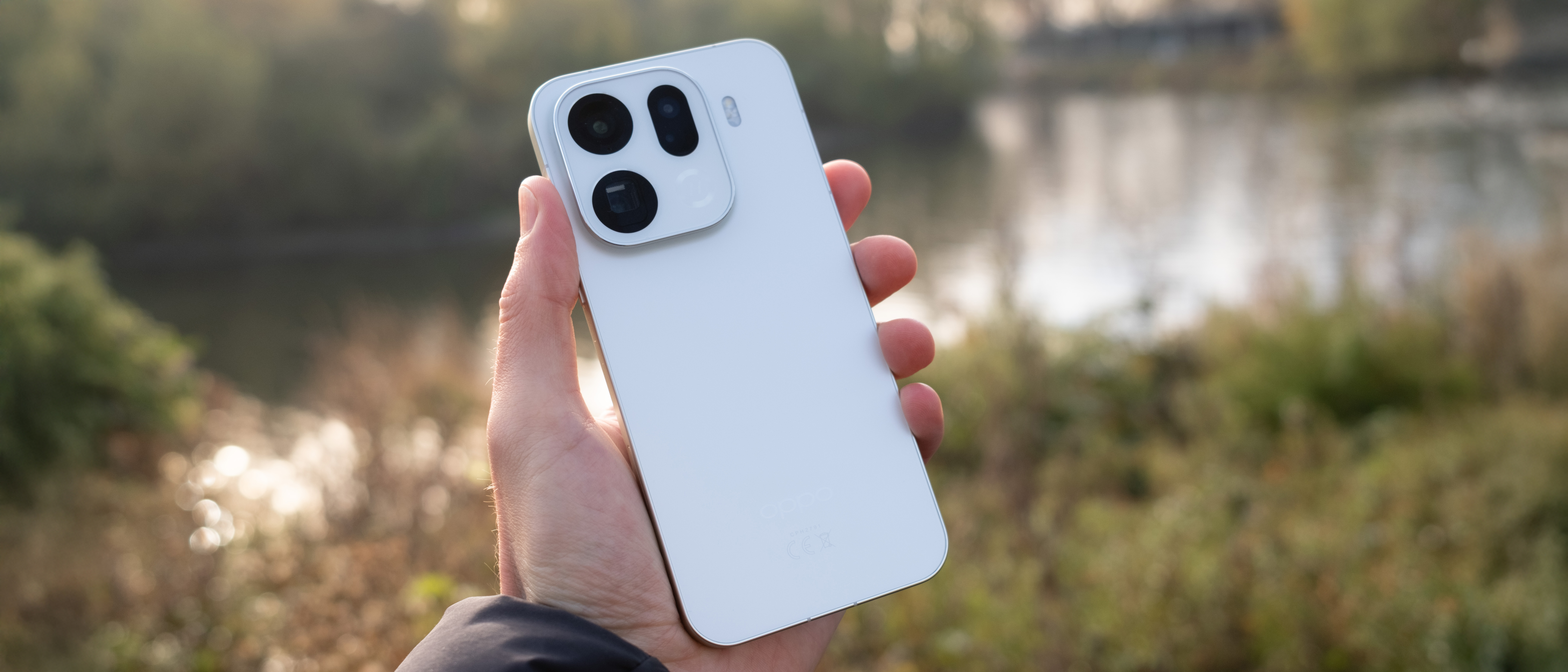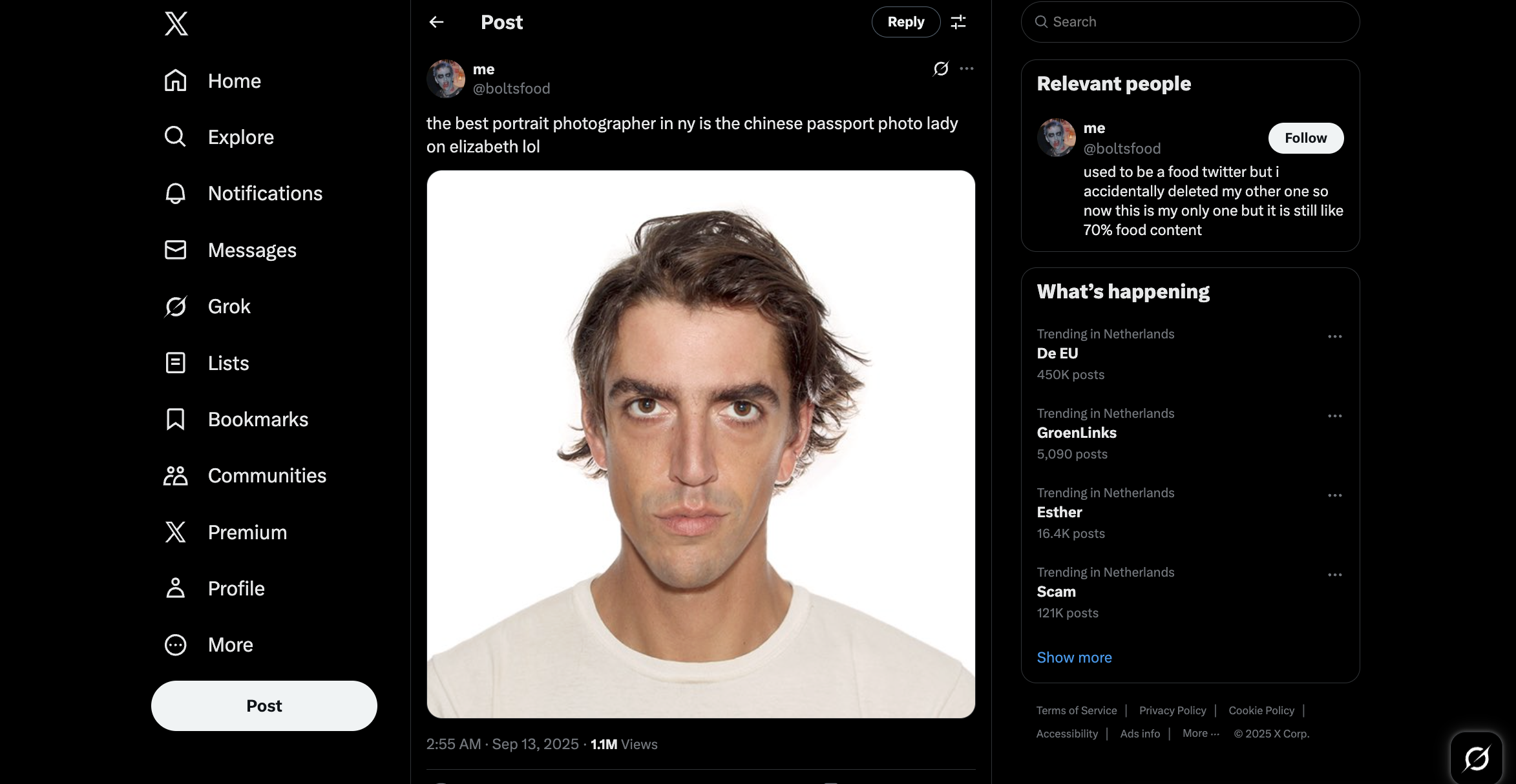Digital Camera World Verdict
Oppo isn’t yet the biggest name in phones, but the Find X9 Pro deserves to change that. Its triple-camera system offers excellent consistency, natural colors, and a stunning 200MP telephoto lens. Paired with the optional Hasselblad adapter, it is a true photography standout. Add premium design and impressive two-day battery life, and it’s a great option for photographers seeking something new.
Pros
- +
Incredible cameras with consistent quality across all lenses
- +
Optional Hasselblad telephoto adapter is a game-changer
- +
Battery that can push two full days of use
- +
Slick software with easy sharing
Cons
- -
Teleconverter lens is difficult to buy
Why you can trust Digital Camera World
Smartphones are increasingly stepping into territory once reserved for dedicated cameras. Where several years ago a phone might be a decent alternative to a cheap point and shoot, the latest generation have their crosshairs aimed squarely on more serious camera setups – and the latest Oppo Find X9 Pro is very much part of leading that charge.
Oppo absolutely highlights imaging above all else in its phones. The Find X8 Ultra was an absolute powerhouse for photography – and even convinced my colleague Kalum to ditch his dedicated camera.
The Oppo Find X9 Pro continues in this vein, not only adding a new, more resolution-packed sensor and computational photography, but from its close partnership with Hasselblad, it's bringing a new game-changing lens accessory that might be the start of a new chapter of mobile photography.
I have been testing the Find X9 Pro for several weeks across the UK, Europe, and Mexico, and – and watch out, Google and Samsung – I think it's the most exciting Pro phone of the year.

Oppo Find X9 Pro: Specifications
Processor | MediaTek Dimensity 9500 |
RAM | 16GB |
Storage | 512GB |
Screen | AMOELD, 6.78 in, 2772x1272, 450PPI, 1-120Hz, 1800nits (Typical) |
Main Camera | 50 MP, f/1.5, 23mm, 1/1.28", OIS |
Ultrawide Camera | 50 MP, f/2.0, 15mm, 120˚ |
Telephoto Camera | 200 MP, f/2.1, 70mm (3x), 1/1.56", OIS |
Front Camera | 50 MP, f/2.0, 21mm (wide) |
Video | 4K/120, 720p 480fps, Dolby Vision |
Battery | 7,500 mAh, 80W wired charging, 50W wireless |
Size | 161.26 x 76.46 x 8.25 mm (6.35 x 3.01 x 0.32 in) |
Weight | 224 g (7.9 oz) |
Oppo Find X9 Pro: Price
Unfortunately, this is yet another incredible Chinese phone that won’t be making its way to the States. You can try and import it, but just be cautious and check that it works with your carrier and network bands. Elsewhere, the X9 Pro will be launching for £1099 in the UK, €1299 in Europe, and AU$2299 in Australia. The global version of the X9 Pro comes in just one configuration: 16GB RAM and 512GB storage. Likely plenty of space for most users, but taking advantage of new features like 200MP images or 4K/120 LOG video is going to fill it up fast.
The X9 Pro is a pricey phone, but its price is firmly in line with the latest flagships from Samsung and Google. Oppo might still be a lesser-known brand in many markets, but the X9 Pro is every bit a flagship device as those coming from the more established players – and it often surpasses them. If you decide to take the plunge, then Oppo will give you five years of Android updates and six years of security updates for a little more peace of mind.
The biggest disappointment is that the Hasselblad teleconverter kit is currently not being sold through official channels, which is a shame for an accessory I think is a game-changer for how much extra it can unlock from the X9 Pro’s cameras. You can import the Teleconverter Kit from eBay and Alibaba, but take extra caution for scams and import fees.
The best camera deals, reviews, product advice, and unmissable photography news, direct to your inbox!
Oppo Find X9 Pro: Design
The Find X9 Pro comes in two colours – Silk White and Titanium Charcoal (not actually titanium). They are both really nice premium-looking devices, featuring soft matte glass backs surrounded by a metallic aluminum frame that resists fingerprints. It feels good in the hand, the taper into the frame from the last model has become a little sharper, and it makes the phone slightly less slippery to hold. I'm a klutz, so I did manage to drop the phone a couple of times, but the Corning Gorilla Glass Victus 2 has held up really well, and there is nothing to show for my clumsiness. There is also a factory-applied film screen protector that has taken the brunt of a few minor scratches.

The most noticeable change from the X8 Pro is to the camera island. Where previous iterations of the Find X series have featured a centred circular island, the X9 Pro moves this up into a square in the top corner. While there are only so many ways to design a phone, it's a camera layout we’ve certainly seen before. It's very similar to a design that the iPhone had been sporting for years, and more problematic, it's also nearly identical to the upcoming OnePlus 15.
However, it's still a move I like. I think it makes the phone look overall smaller and tidier. It also has the benefit of putting the cameras slightly more out of the way of fingers coating the lenses with grease – a problem that plagues me when I use the X8 Ultra. The bump is still significant at around half the thickness of the whole device, but the base of the bump makes for a natural finger rest, and actually improves grip.
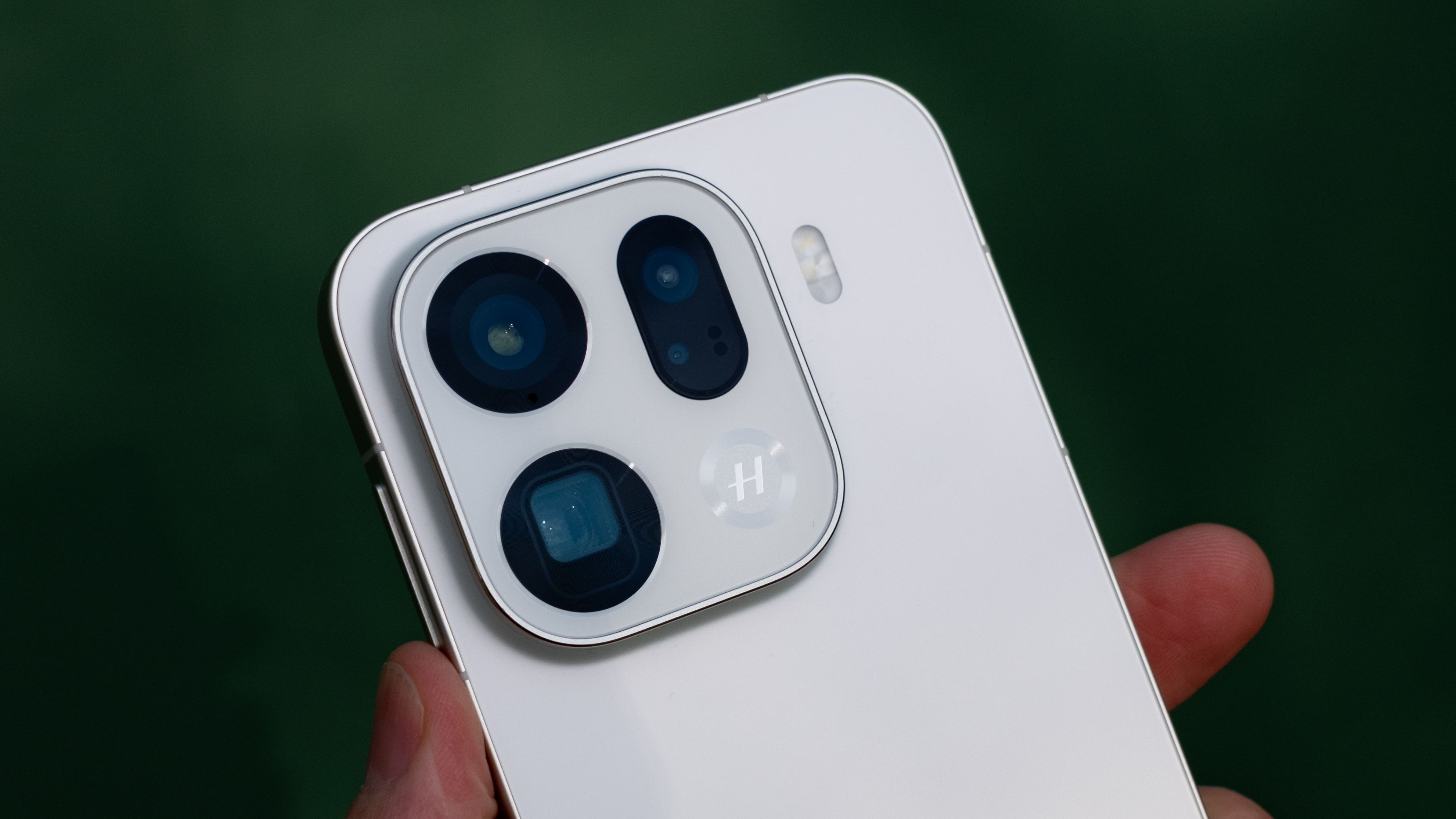
I do really like the X9 Pro design, and it looks great sitting on my desk right now, but if I did have to find a criticism (kind of my job), it's maybe not the most eye-catching phone on the market. Everything is just very subtle. On the white model I have, the embossed Oppo logo just blends into the back of the phone.
I do wonder if there was space for a more eye-catching hero colour or finish to make the X9 Pro stand out from the crowd – especially with the iPhone getting a bold redesign this year, and Google and Samsung having quite established, identifying camera setups.
I’m just not sure I’d instantly recognise an X9 Pro on the street or the subway in the way I do with other brands.
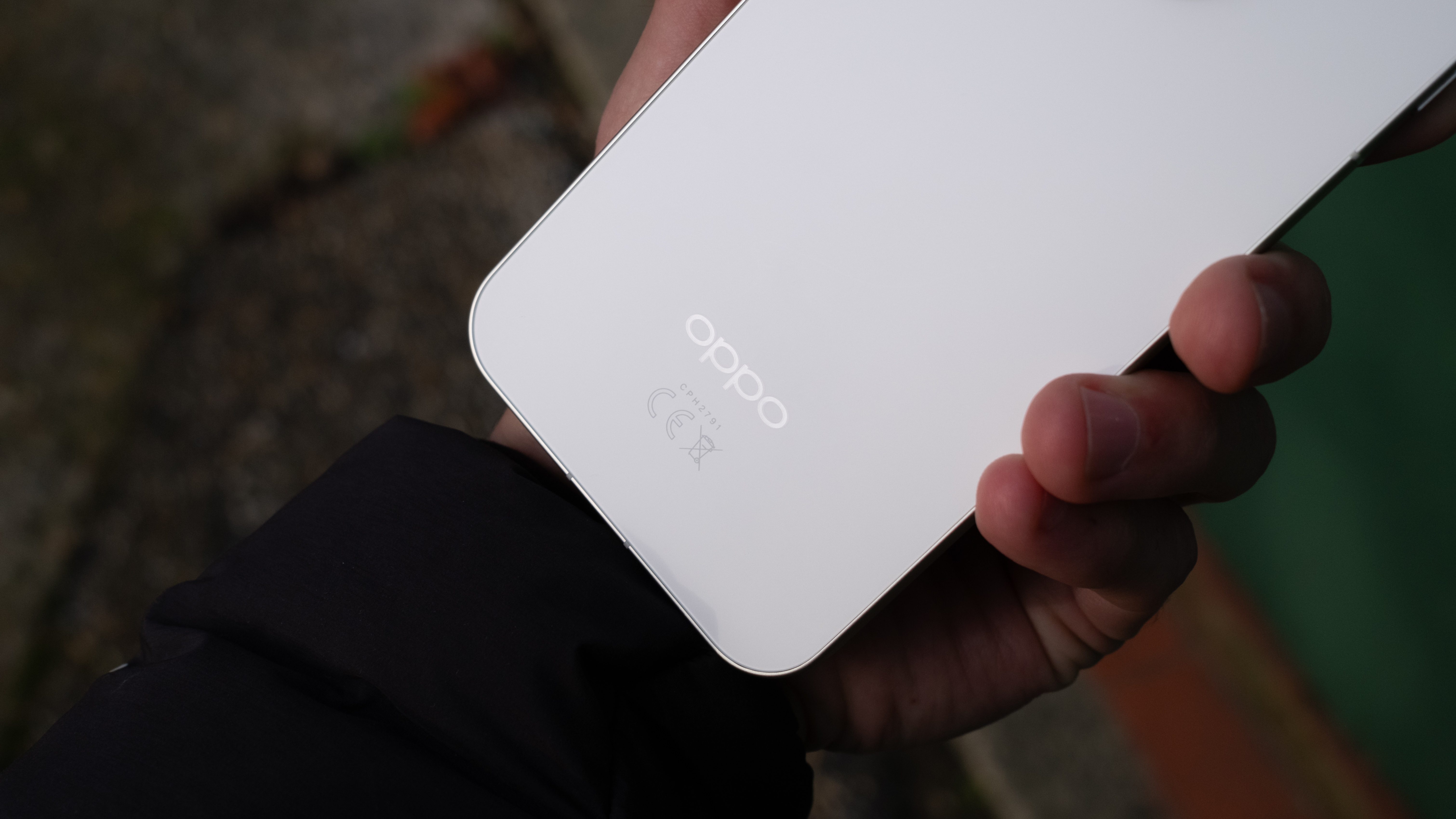
For thickness and weight, X9 Pro isn’t going to challenge the iPhone Air or Samsung S25 Edge, but at 8.25mm thick (not including the camera bump) and 224g, it's an imperceptible difference from other flagships in this class. Sitting the X9 Pro next to the Pixel 10 Pro XL right now, they look identical to my eye, and I can’t tell them apart by feel alone.
Around the edge of the phone, there is the usual power button and volume rocker along the right-hand side, with the USB-C port, speaker, and dual-SIM tray at the bottom.
The camera button remains. I have never found these buttons on any device particularly useful, and the X9 Pro doesn’t do a lot to change that. The button is not where my finger naturally sits, and I find it too fiddly and imprecise compared to just using the icons on the screen. You can also set the volume down button as a quick camera key and shutter button, which I prefer.

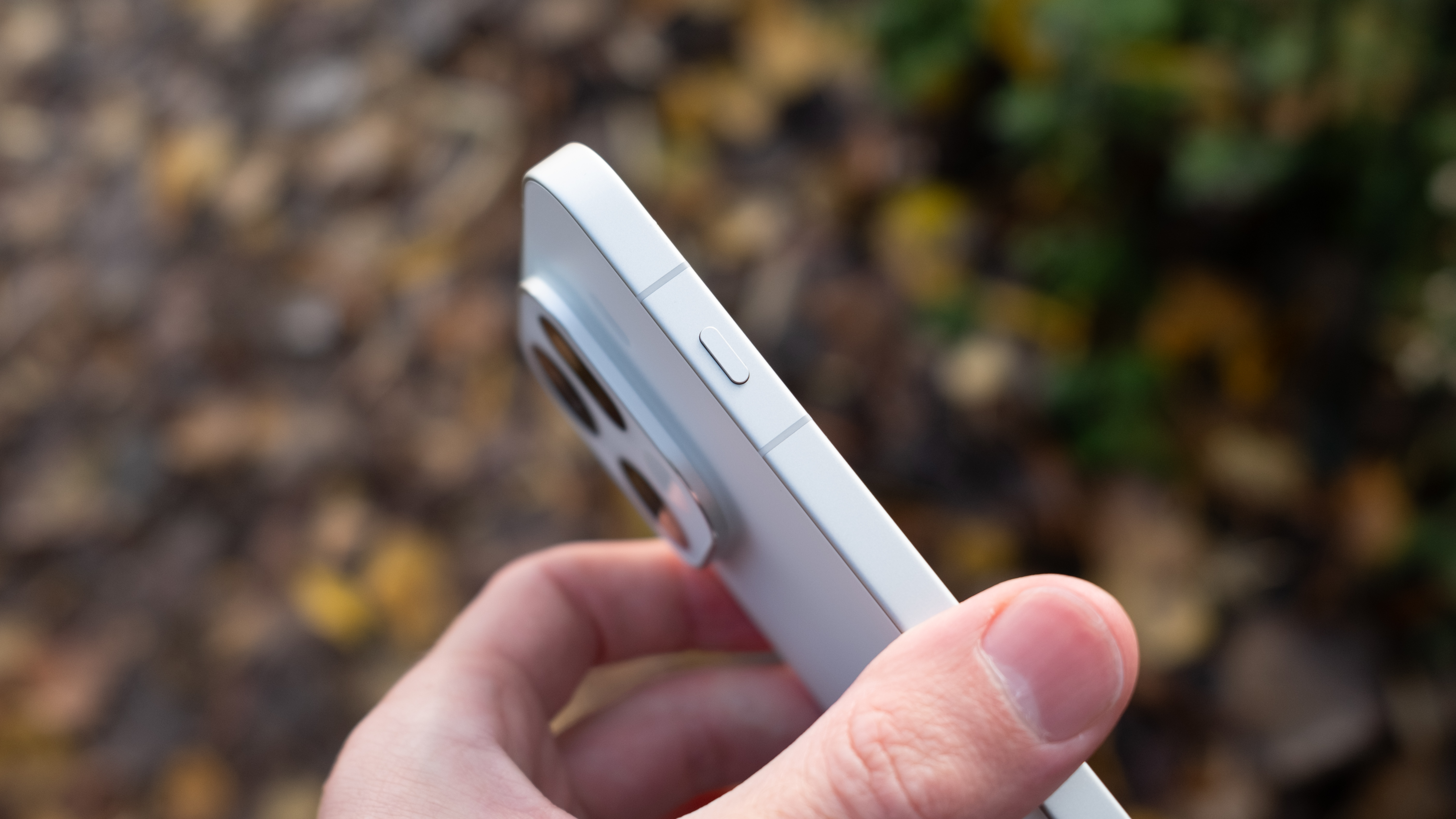
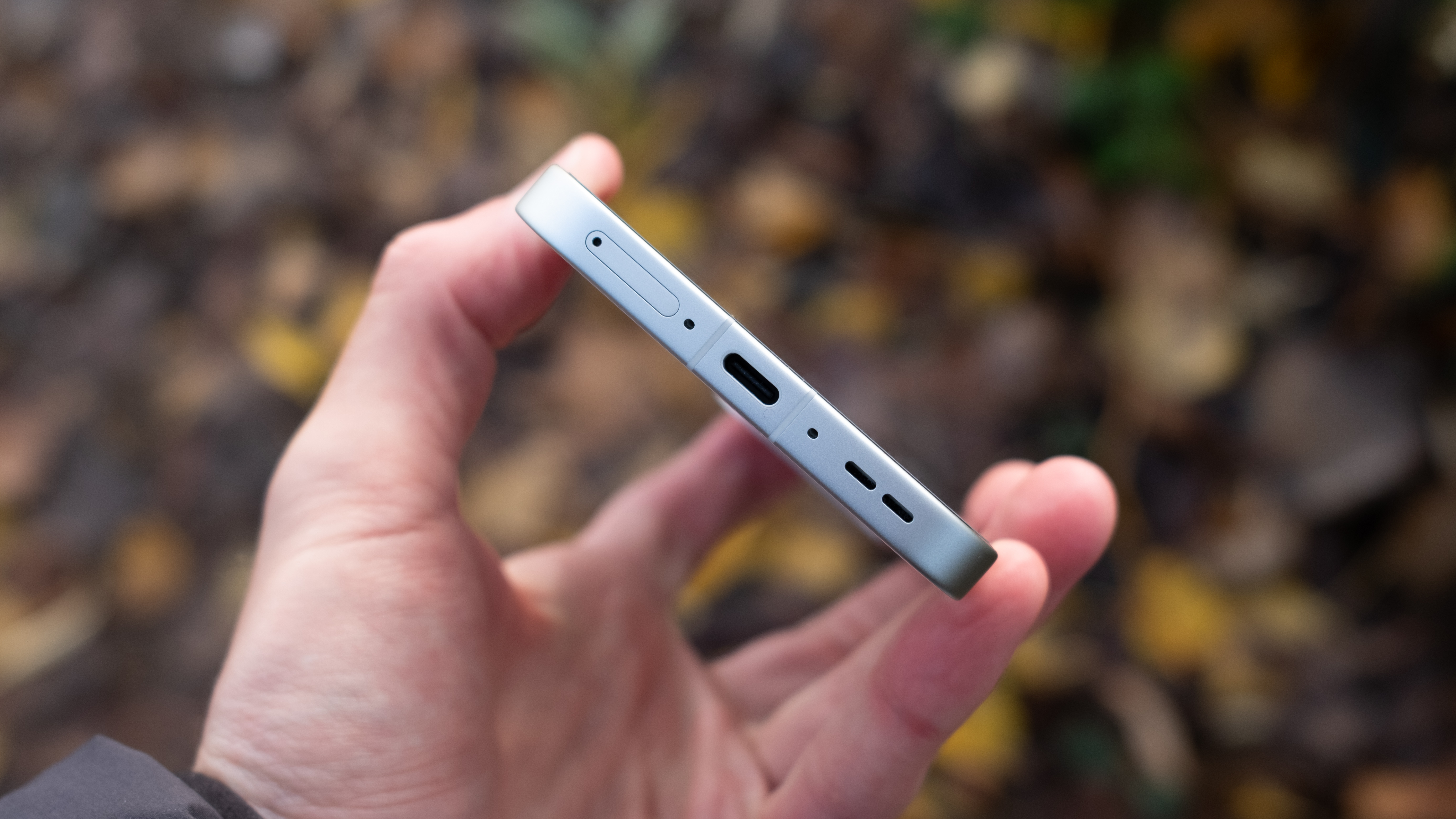
The final button is what Oppo calls the Snap Key, which is a customisable function button. By default, it is set to save screenshots to Oppo’s new AI Mind Space app (more later), but you can set it to turn on the flashlight, bedtime mode, translate, or more.
Oppo Find X9 Pro: Display
The Find X9 Pro is sporting a 6.78-inch AMOLED display, with a uniform 1.15mm bezel on all sides, giving the phone a 95.5% screen-to-body ratio. The screen is also completely flat with no curve or taper, which thankfully seems to be the norm again for screen design.
It is a really good-looking display, and gives the best a run for their money. With a 1272x2772 resolution (450ppi), the screen is very sharp, its 1-120Hz (LPTO) variable refresh rate has kept all motion and animations silky smooth so far, and the display gets plenty bright too with a 1800nits HBM brightness. Even in the midday Mexican sun where I was testing the device, I didn’t struggle to read text on the phone. The brightness can also drop all the way down to just 1nit for those times you don’t want to illuminate somewhere dark, like a movie theatre, or in my case, a red-eye flight.
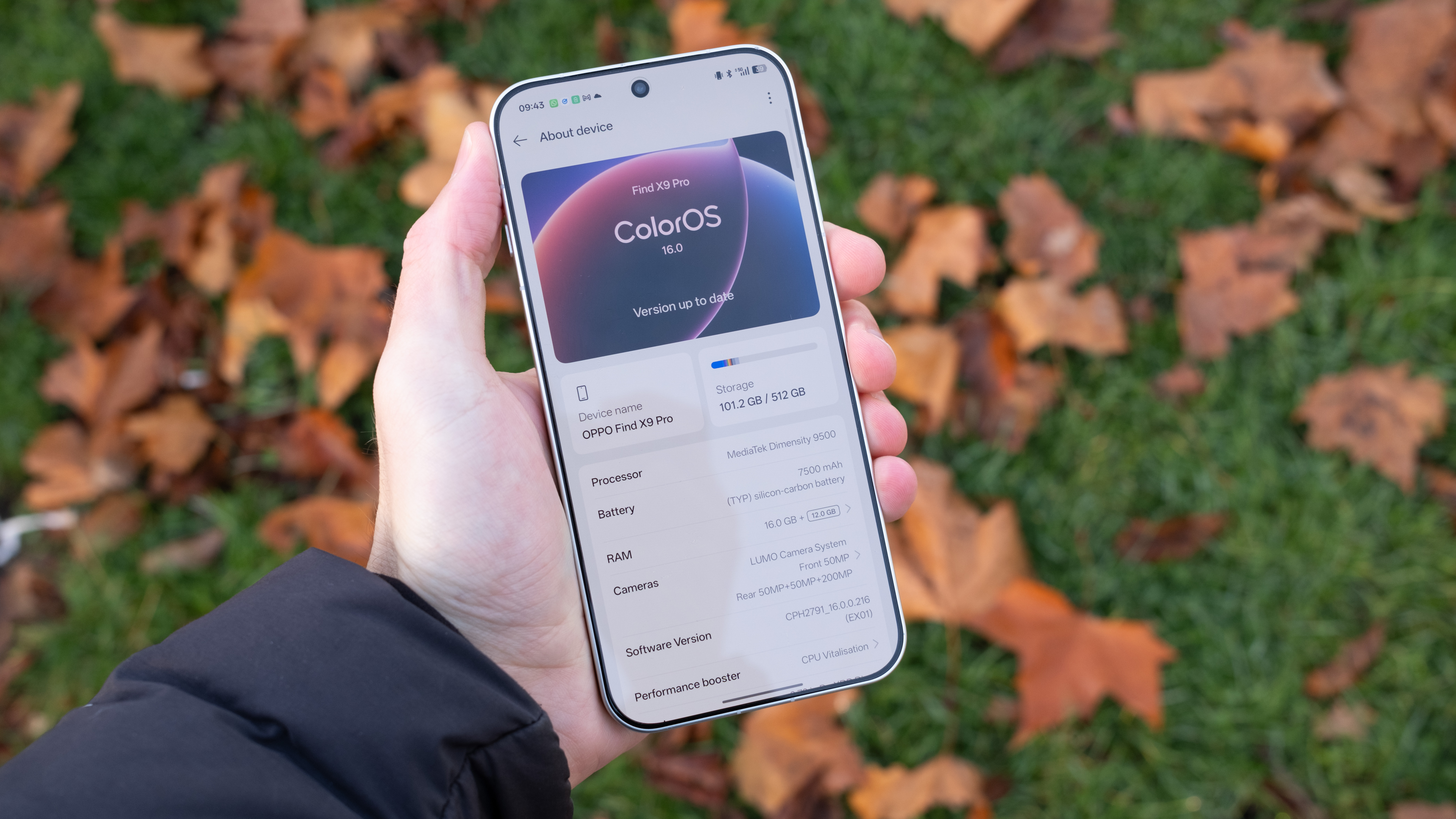
There are also the latest eyecare features, including 2160Hz PWM dimming, and blue light filters, as well as clever little touches like Motion Cues, which add little dots to the side of the screen to help prevent motion sickness in cars.
Colors on the display look gorgeous and accurate. The screen is capable of displaying 100% of the DCI-P3 color gamut or 1.07 billion colours, but Oppo screens offer a decent level of customization. There are three default color spaces – Standard, Natural, and Vivid – you’ll likely find one you like (my personal preference is Vivid for its neutral white balance but brighter colors), but you can also tweak the white balance in any of these spaces to your liking. For photography/video work directly edited on an X9 Pro, I would be happy to trust the colors on the X9 Pro.
Oppo Find X9 Pro: Camera Performance
After using the Oppo Find X8 Ultra earlier in the year on a trip to China and declaring it the “king of phone photography”, it is still my go-to photography phone. The X9 Pro isn’t an Ultra device, but if anything can rise to the challenge, then it's surely the start of the next generation of the Find X Series.
While it can’t match the incredible camera hardware of the Ultra, Oppo has still managed to fit in a selection of hugely impressive sensors, from the 50MP 1/1.28-inch main sensor with a f/1.5 aperture, to the whopping 200MP 1/1.56-inch f/2.1 telephoto sensor, which Oppo claims is calibrated down to the pixel level. The telephoto sensor is not quite as big as the latest Vivo, but this hardware eclipses what you’ll find from most mainstream rivals’ telephotos at the price point, with it being twice as large as the new sensor found in the iPhone 17 Pro Max.

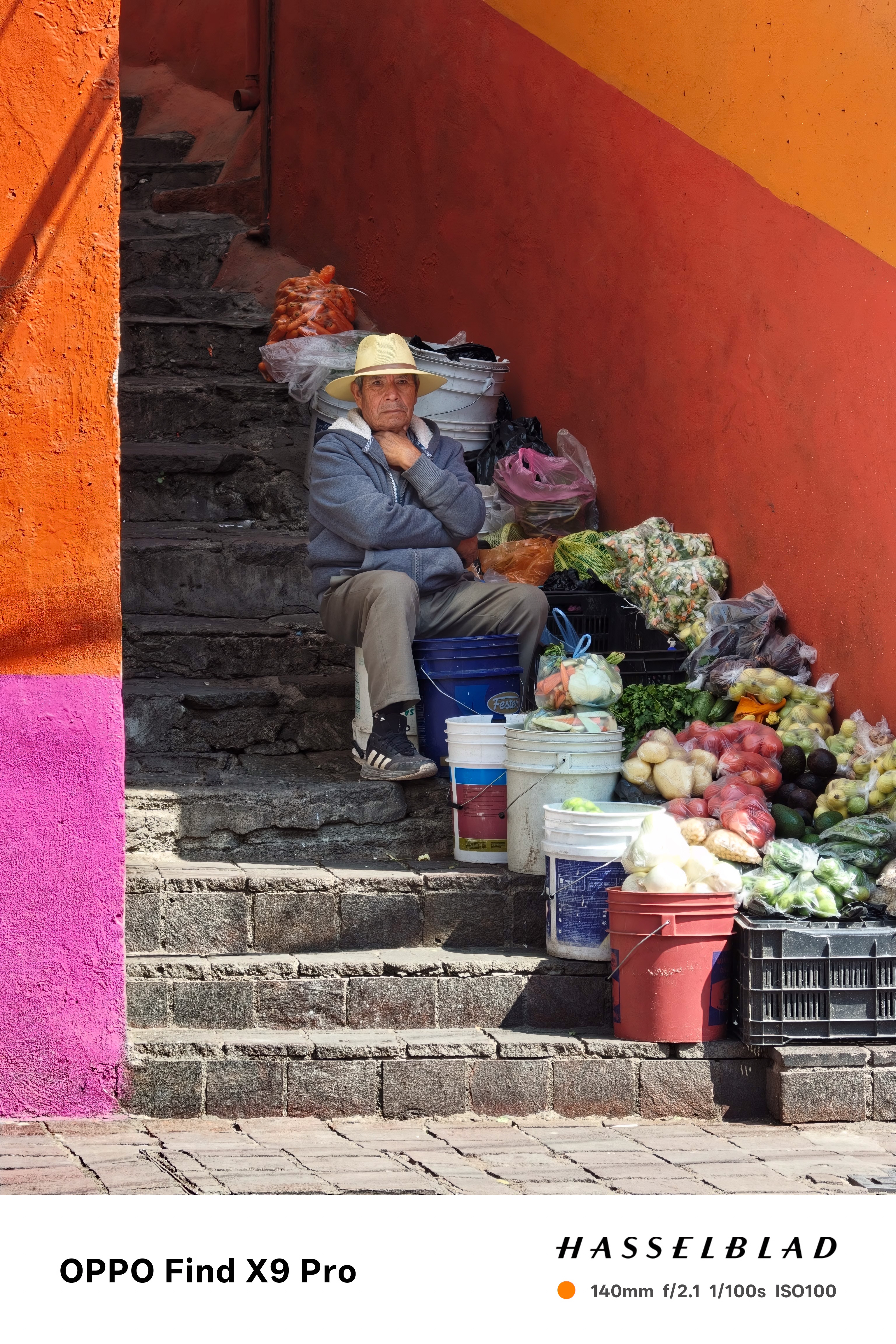

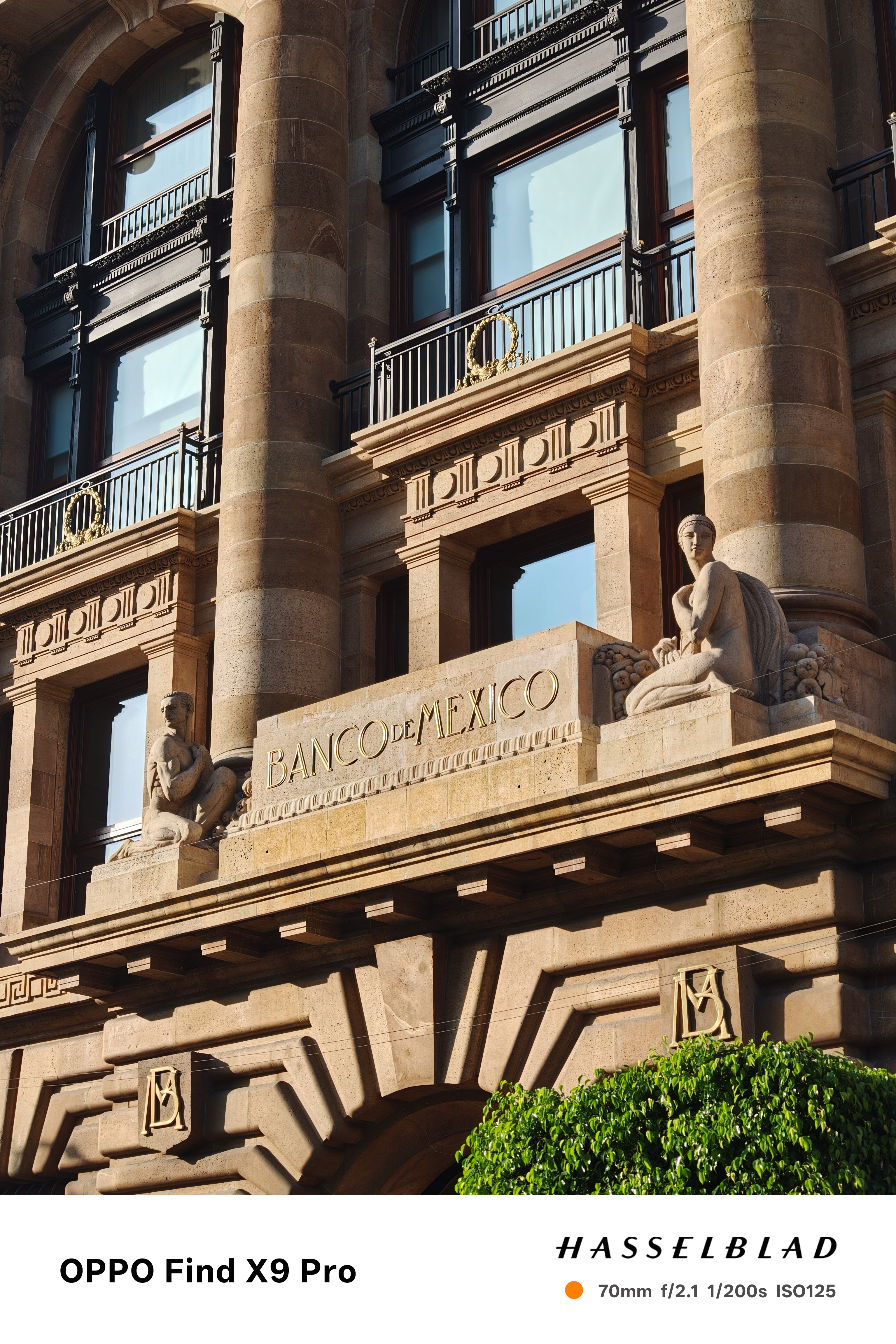

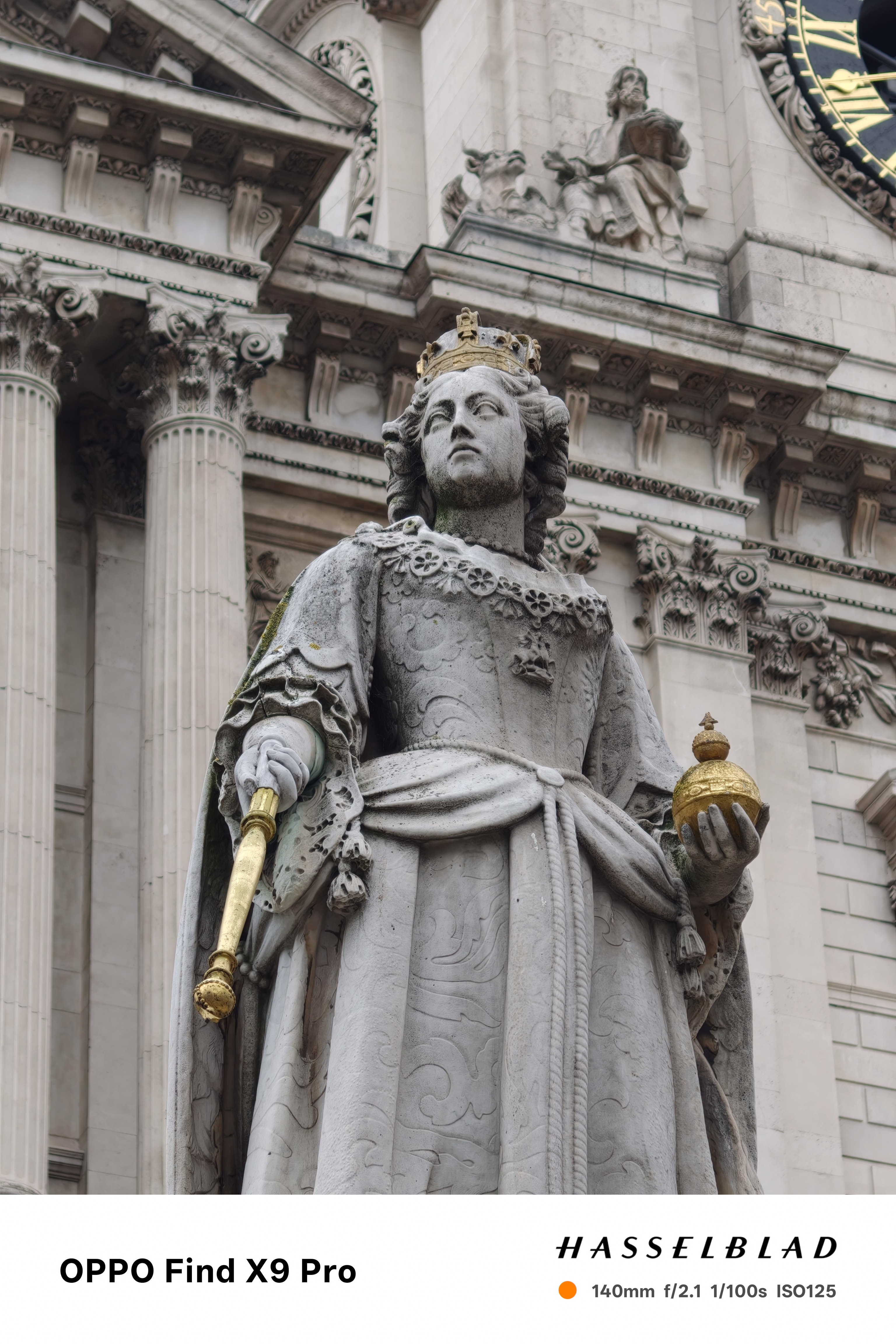

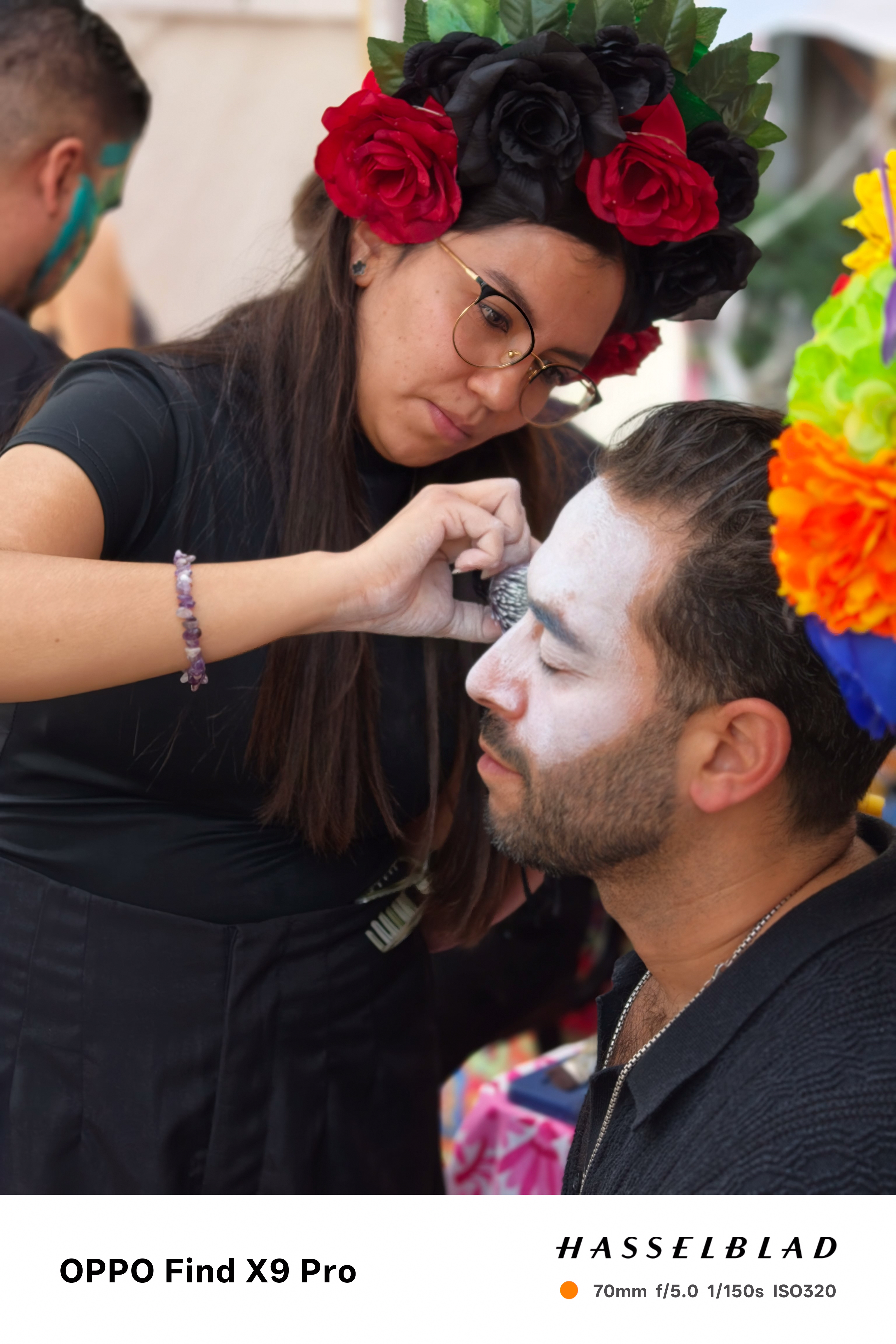
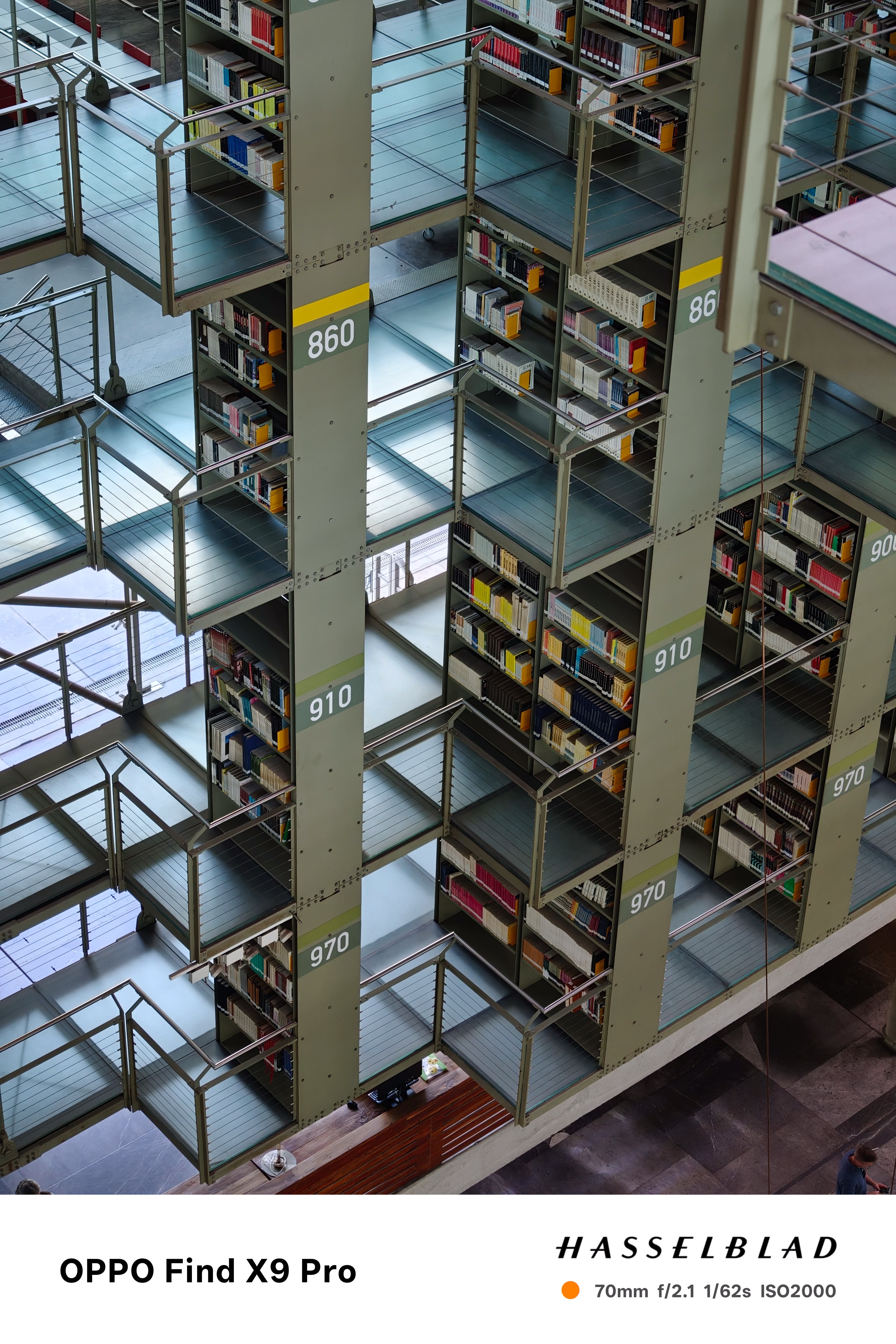
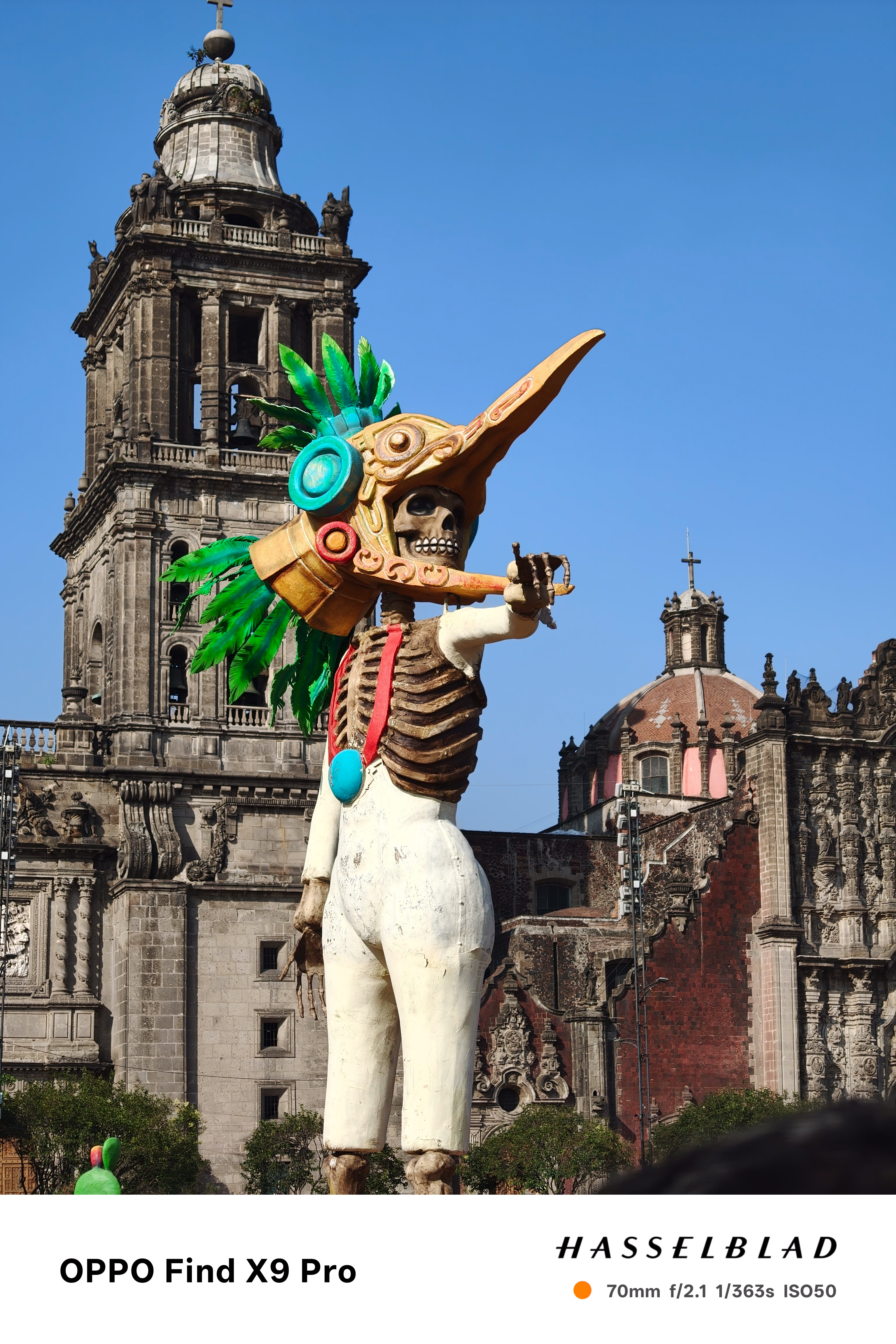
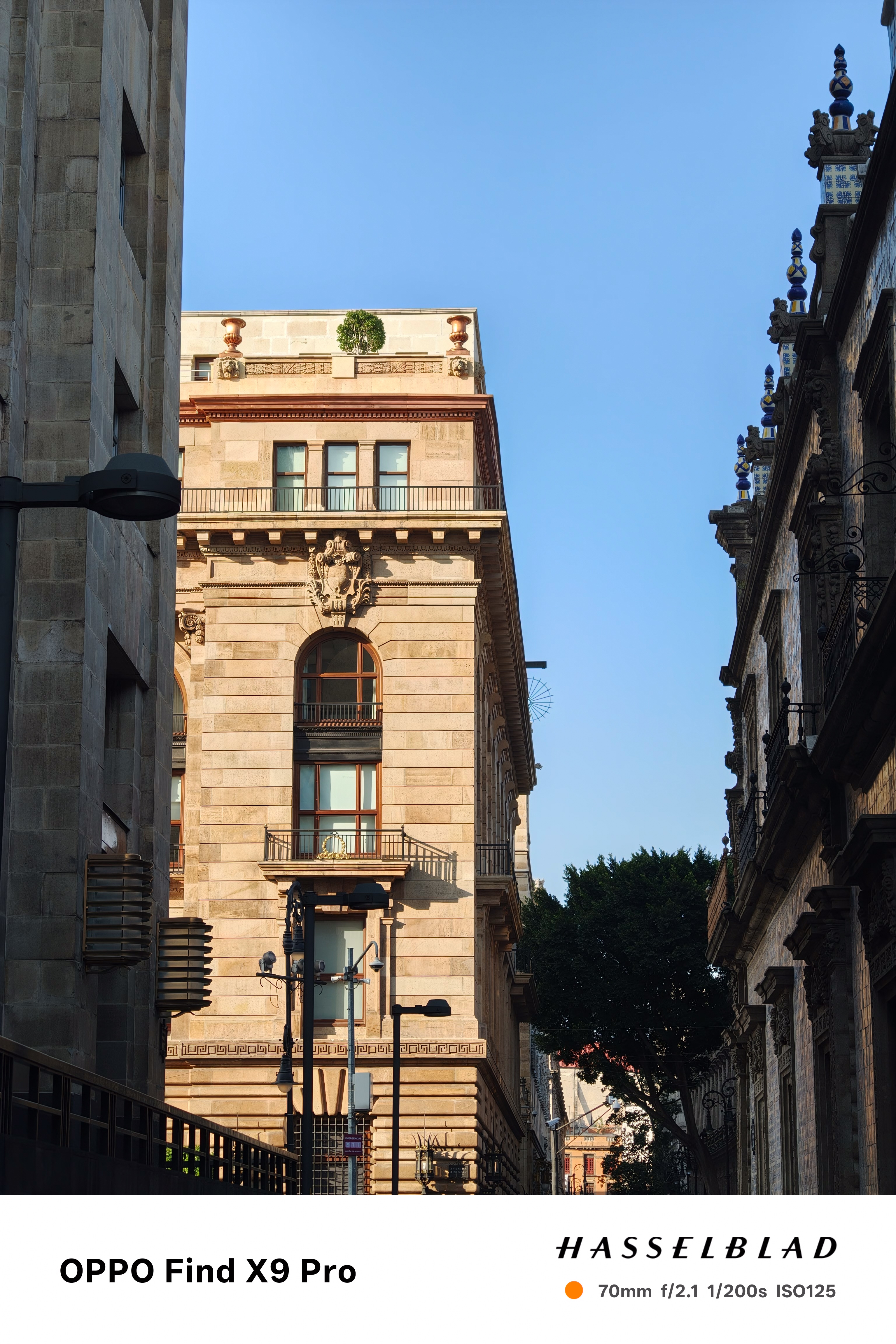
The default focal length for the telephoto camera is 70mm equivalent (or 3x), perfect for portraits, food shots, and capturing close-up details. In good light, the camera is incredibly sharp at this length, with great dynamic range. At night, you’re better off going for the larger main camera sensor if possible, but the telephoto can be great with static subjects, and I got a few nighttime portraits that I am really pleased with. Texture drops off slightly, but you can still get excellent results.
Anyone longing for a secondary 6x camera needn’t worry, the 200MP resolution also allows the X9 Pro to achieve up to a pretty incredible lossless zoom up to 308mm or 13.2x through some pixel math. In good light, the results are fantastic, with the 6x zoom often passing for a dedicated 6x lens, although at 308mm, images can lose a little sharpness, and results do become muddier as the light falls.
You can zoom all the way to a massive 2800mm or 120x, which will kick in the AI to help clean up images. This is a bit of a mixed bag, depending on what you are shooting. Subjects with lots of detail won’t stand a chance, with the AI smoothing out almost all textures, but things like skylines with lots of buildings with easily traceable lines and blocky shapes, the AI does okay.



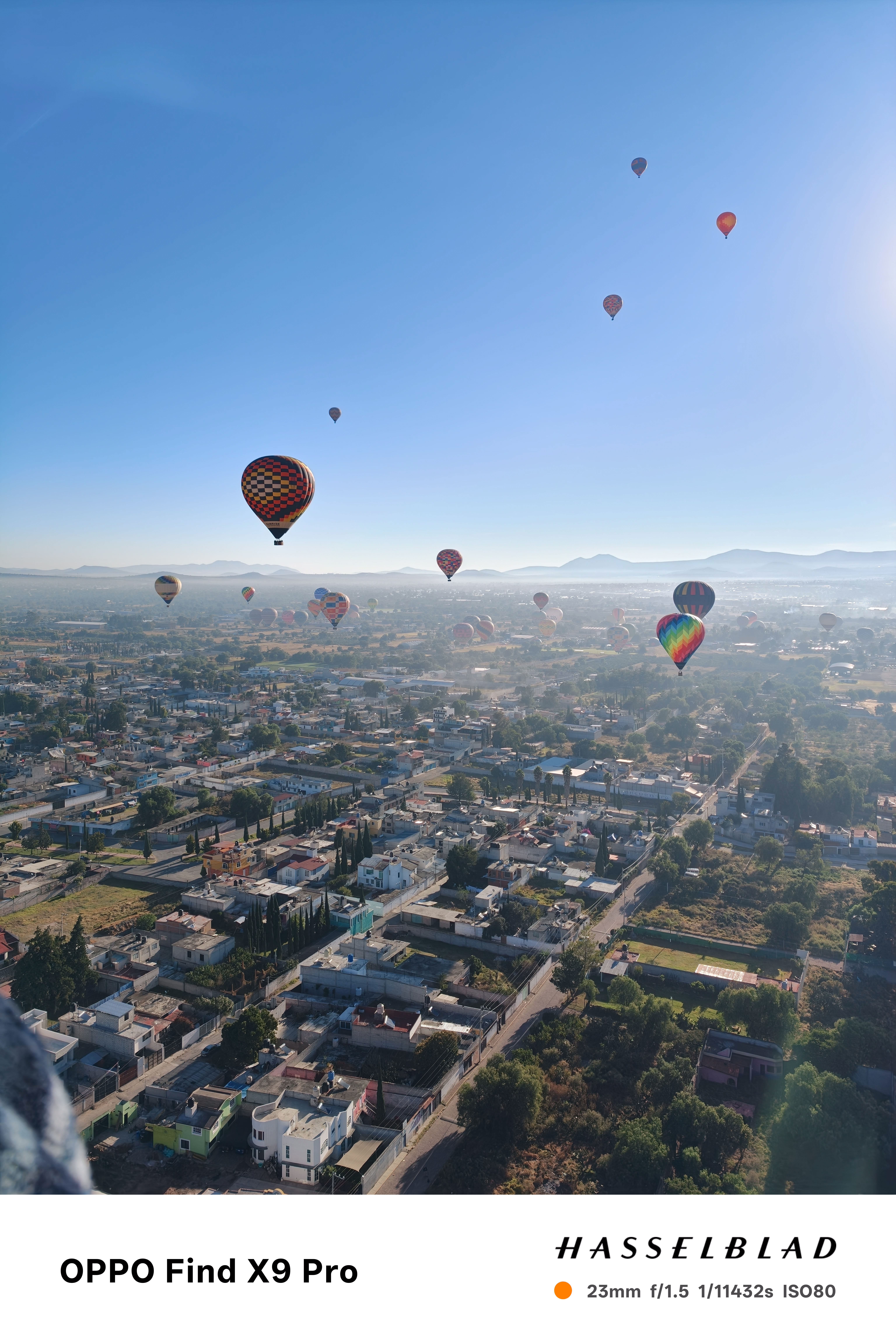
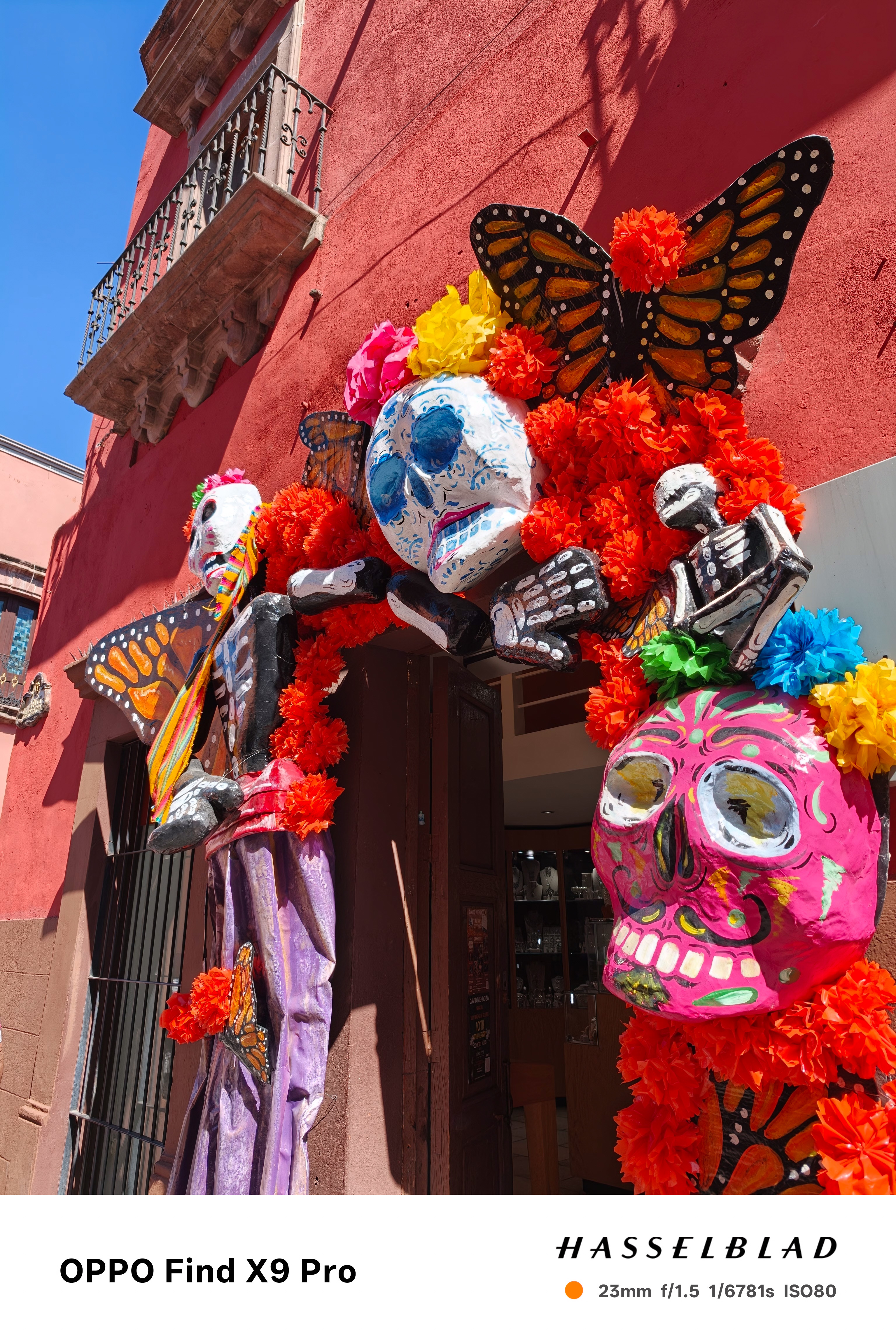

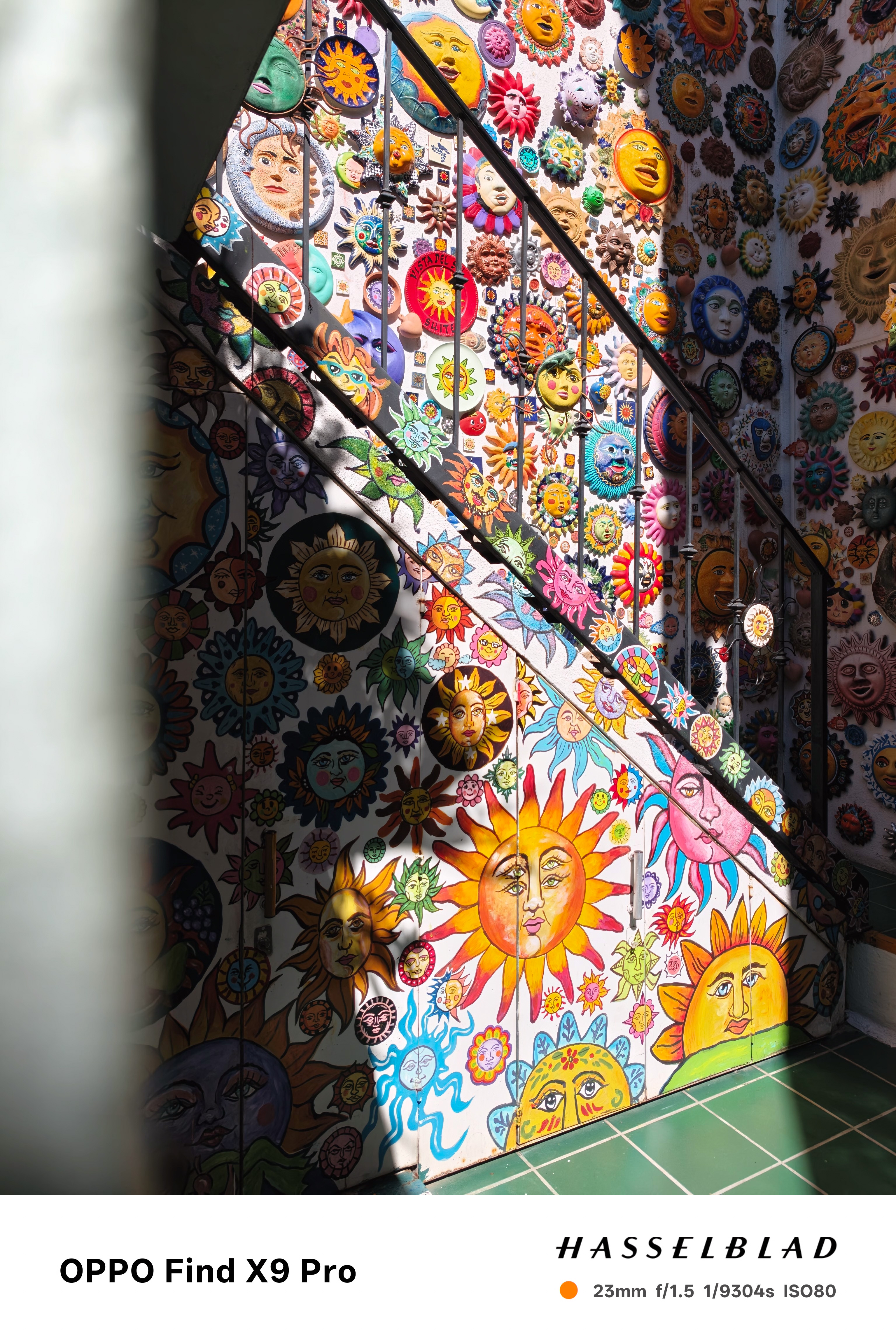
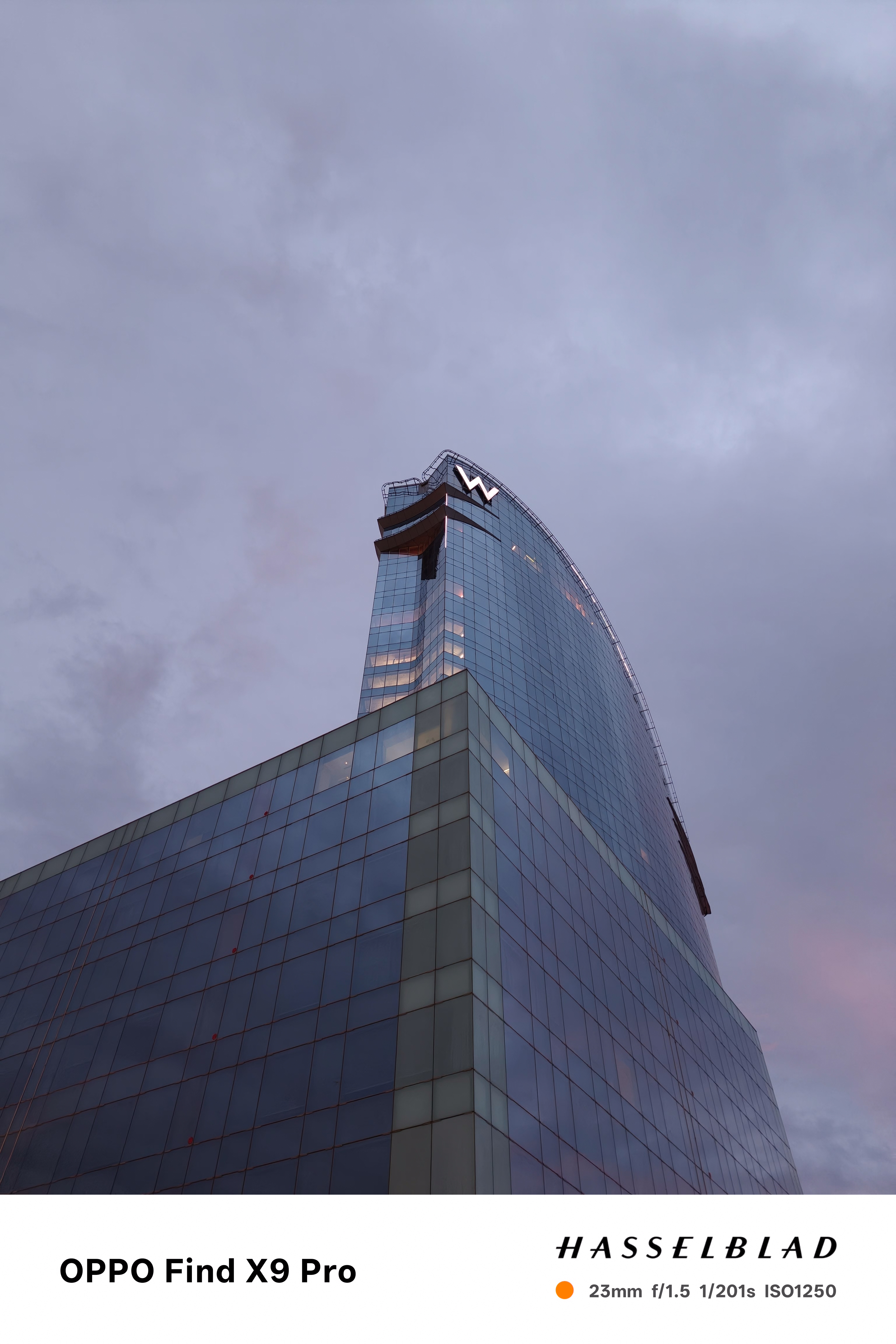

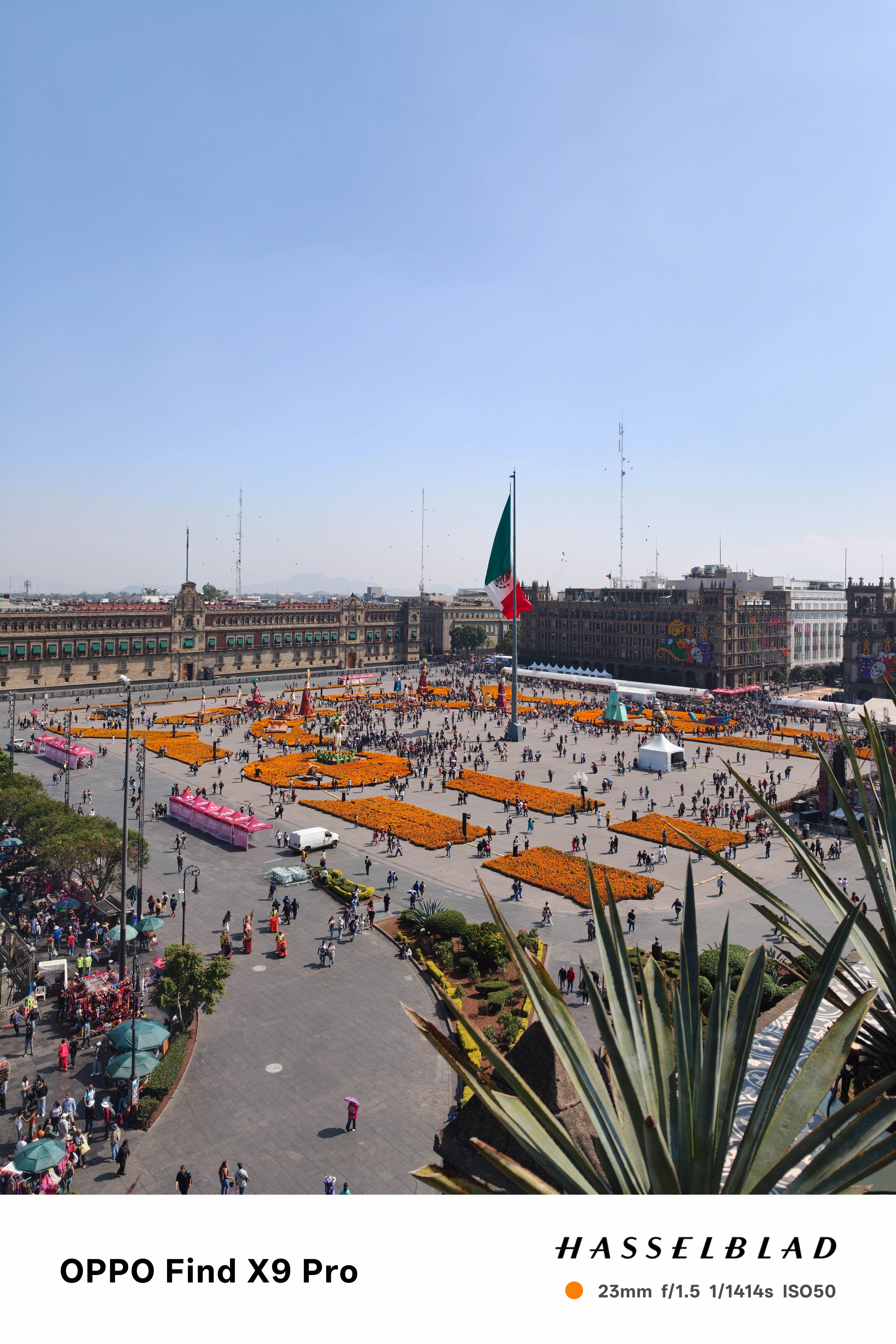

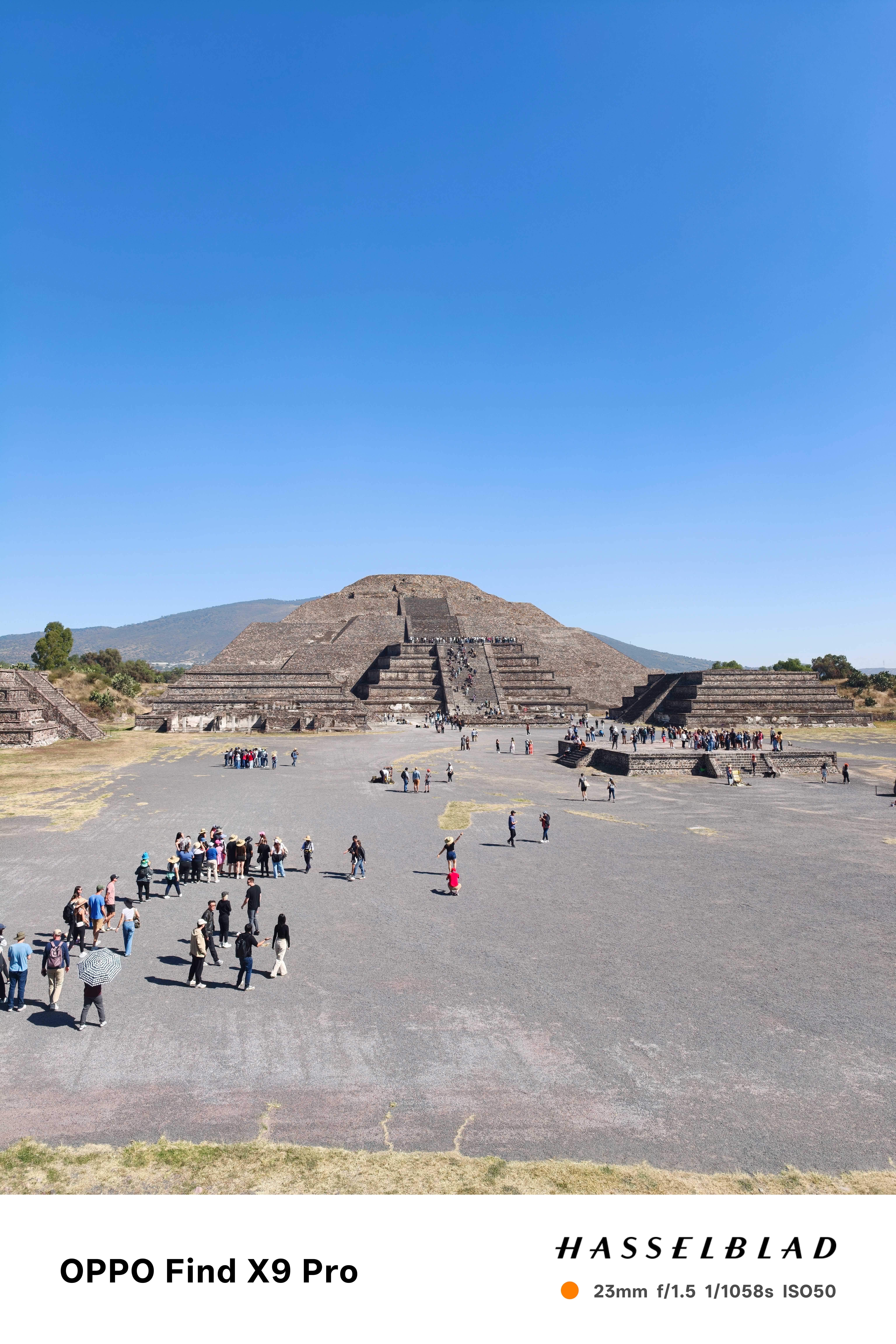
The telephoto lens is also used for macro photography, with a minimum focus distance of just 9cm, you can get in pretty close to subjects, and the detail captured is pretty phenomenal, often with results not a million miles away from a professional macro lens. The only minor frustration in macro mode is not having any fine-tuning over the aperture or artificial blur. I found that often parts of a subject, like an insect's wing or the stamen of a flower, were blurred out despite being on the same focal plane.
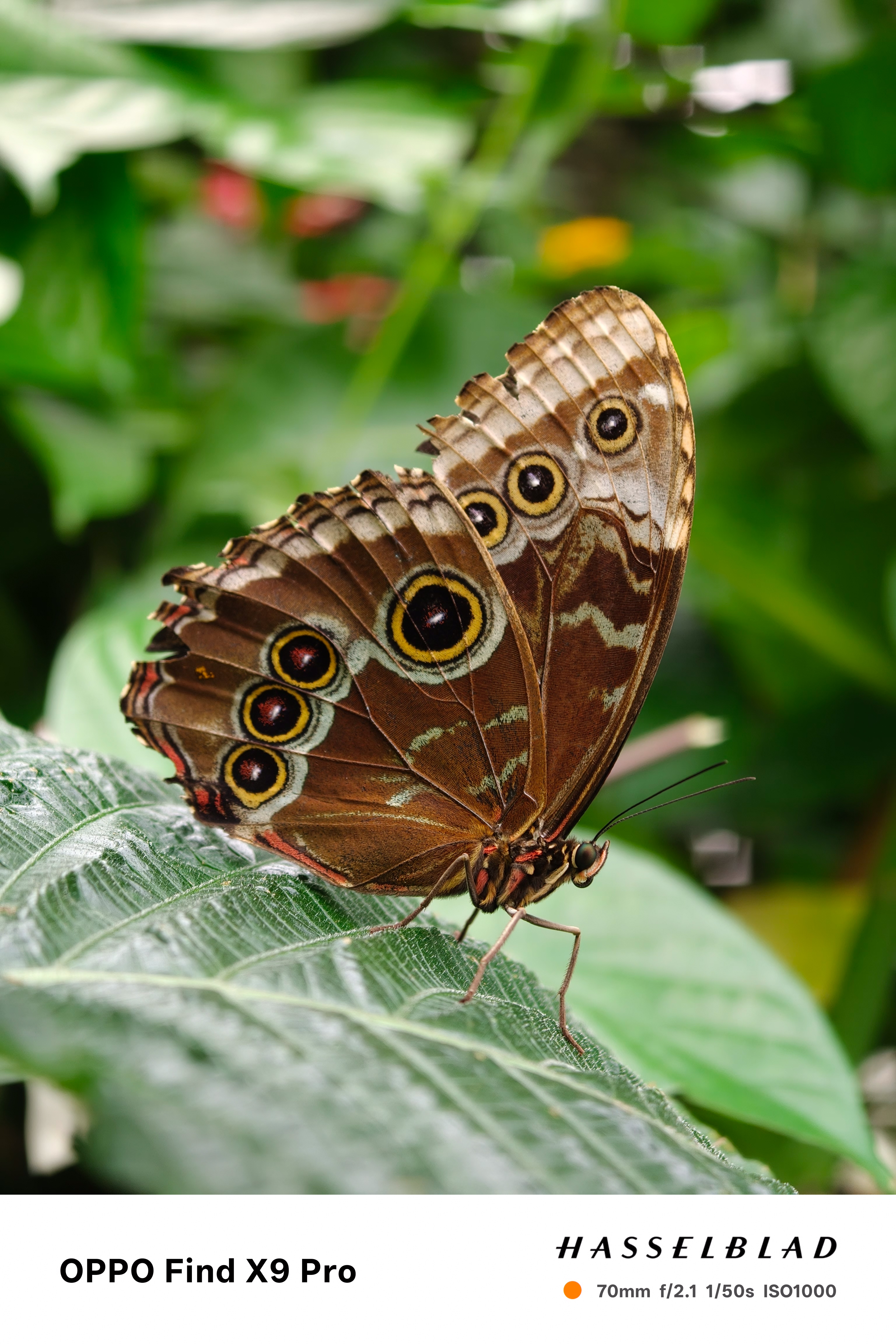

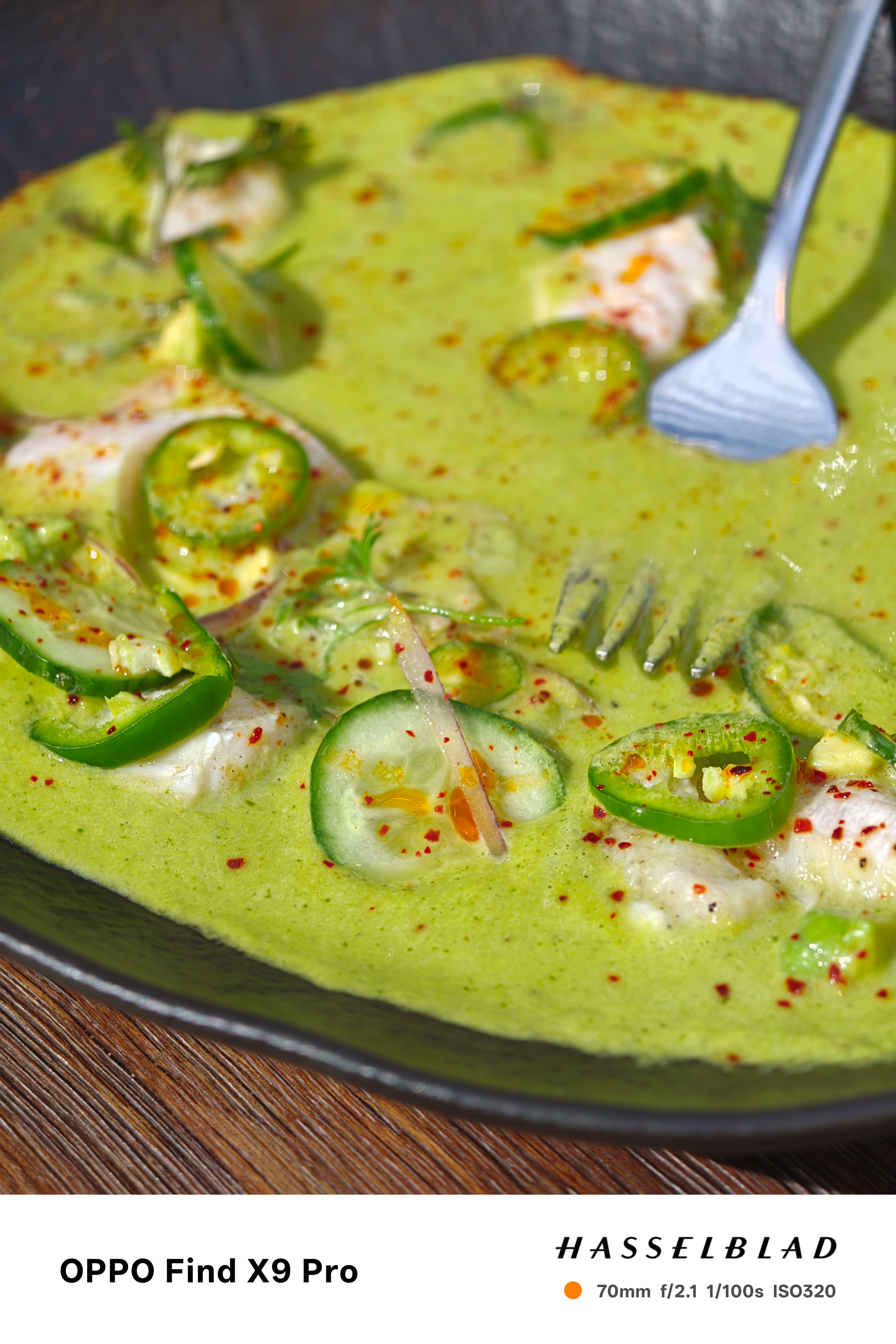
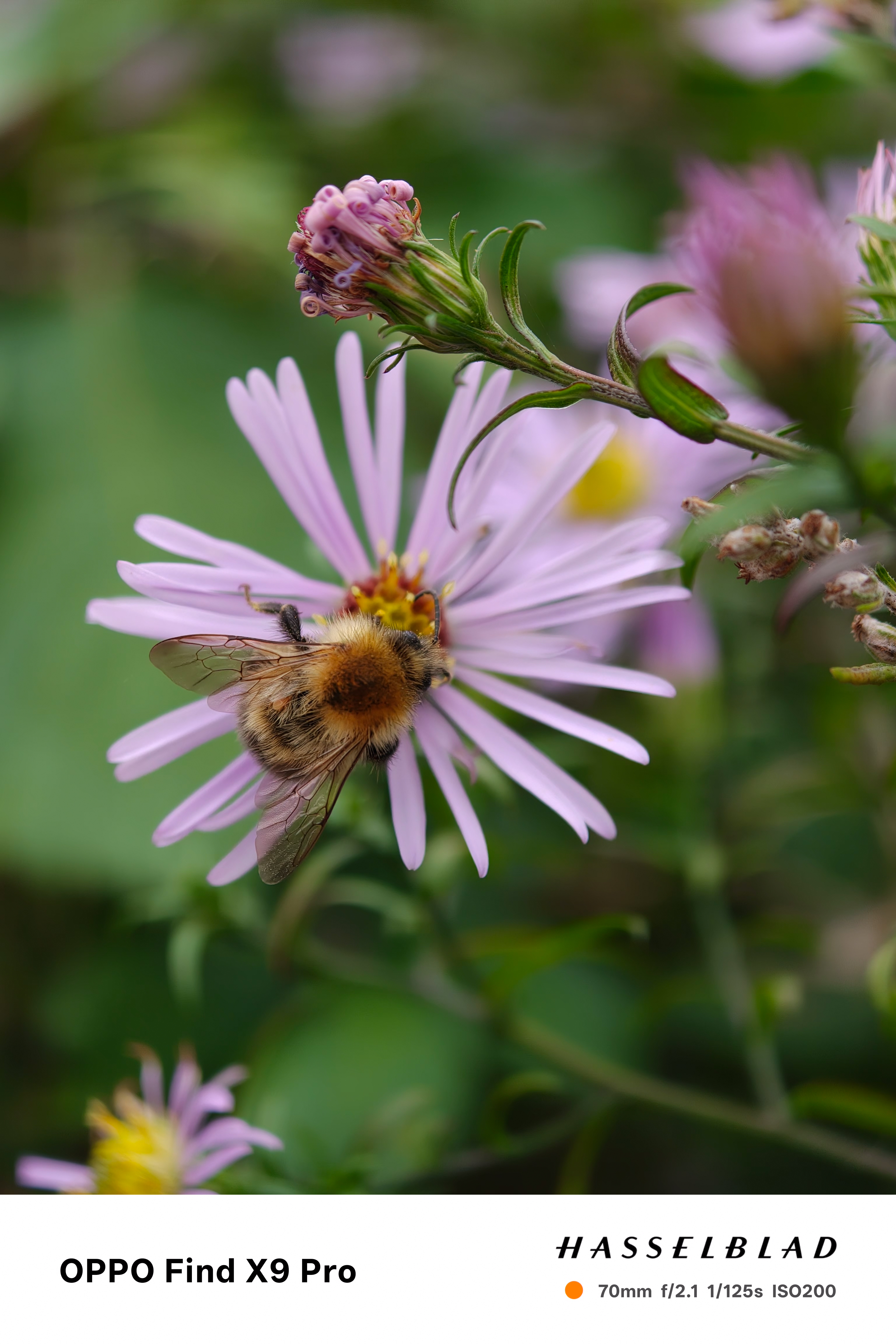


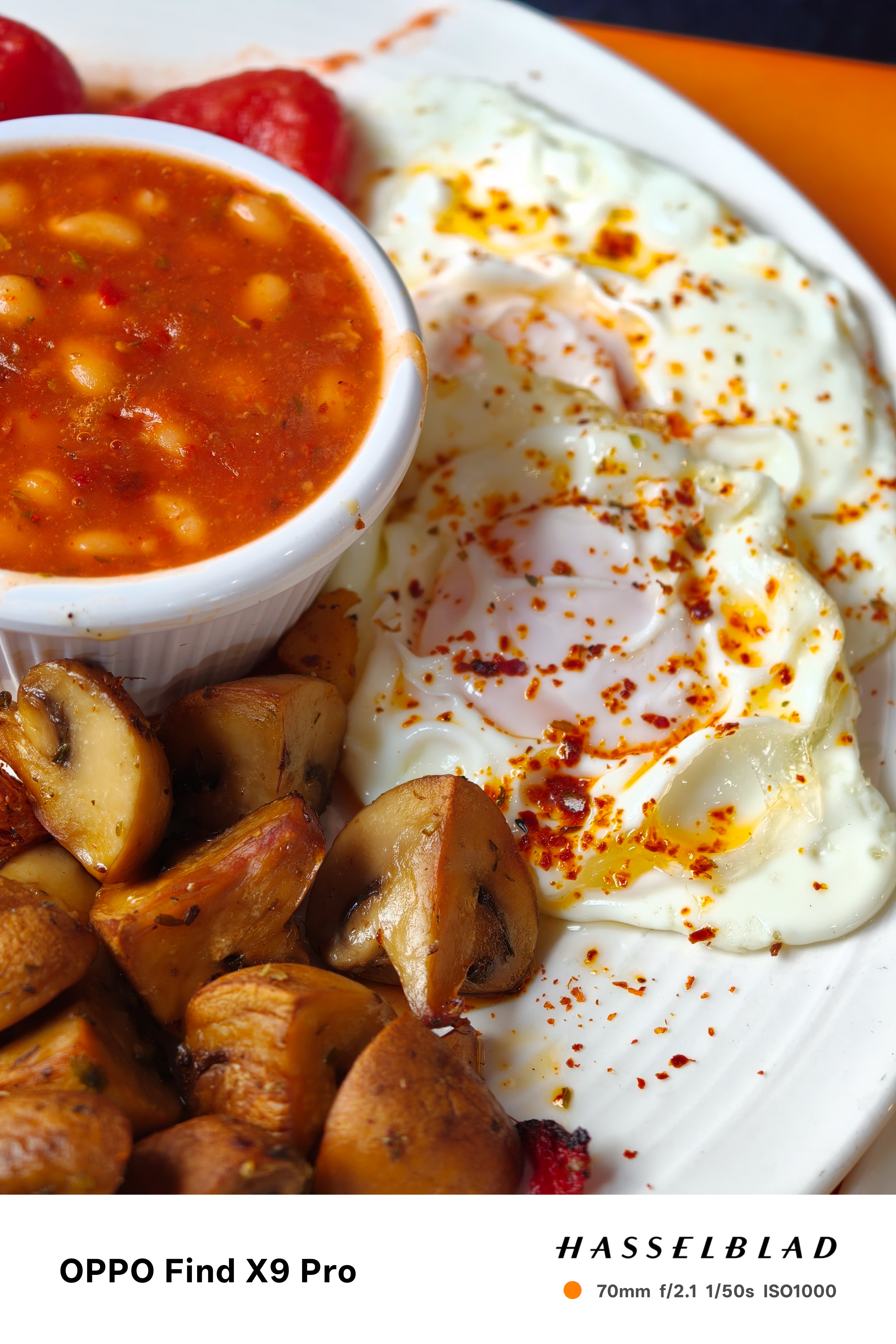
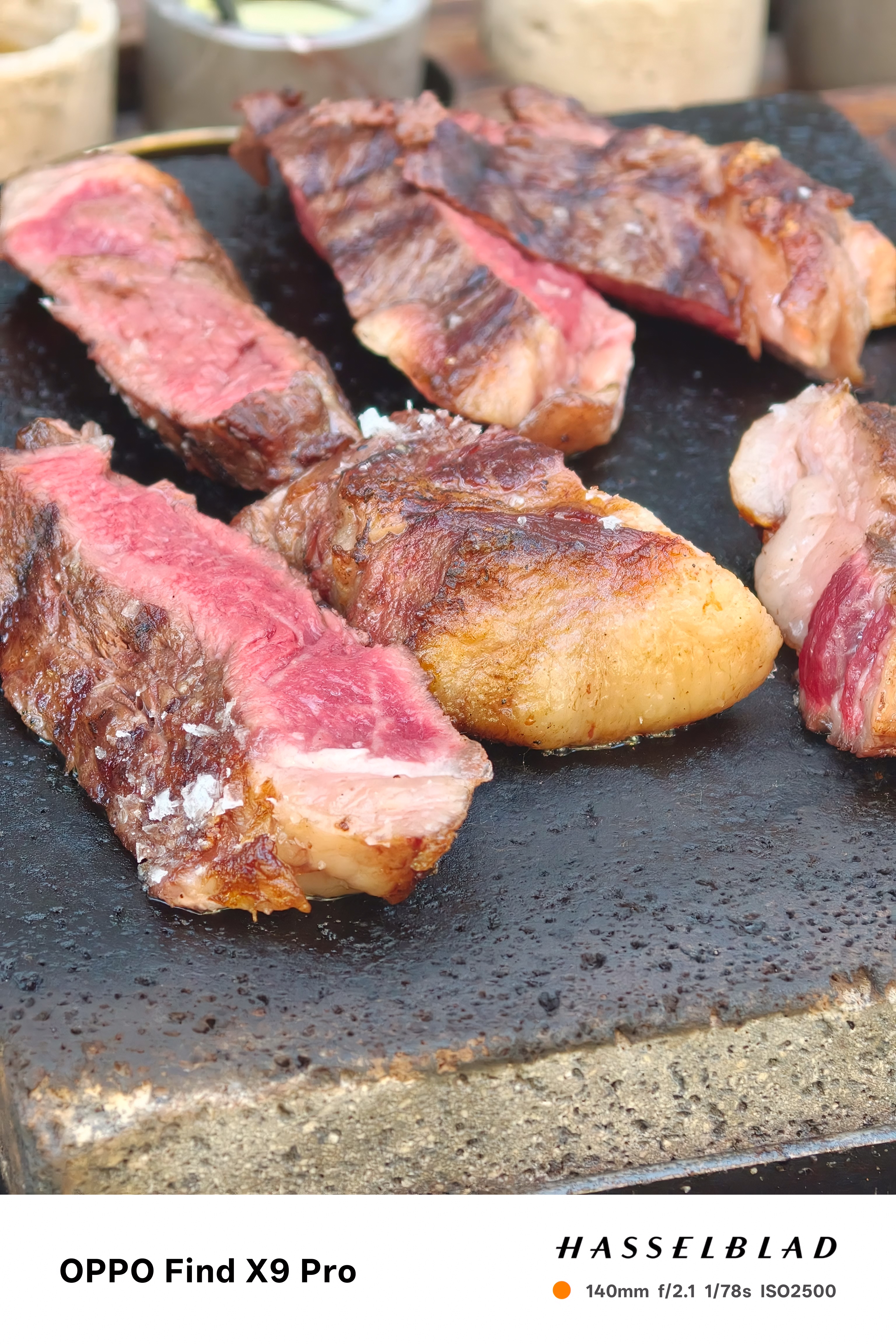
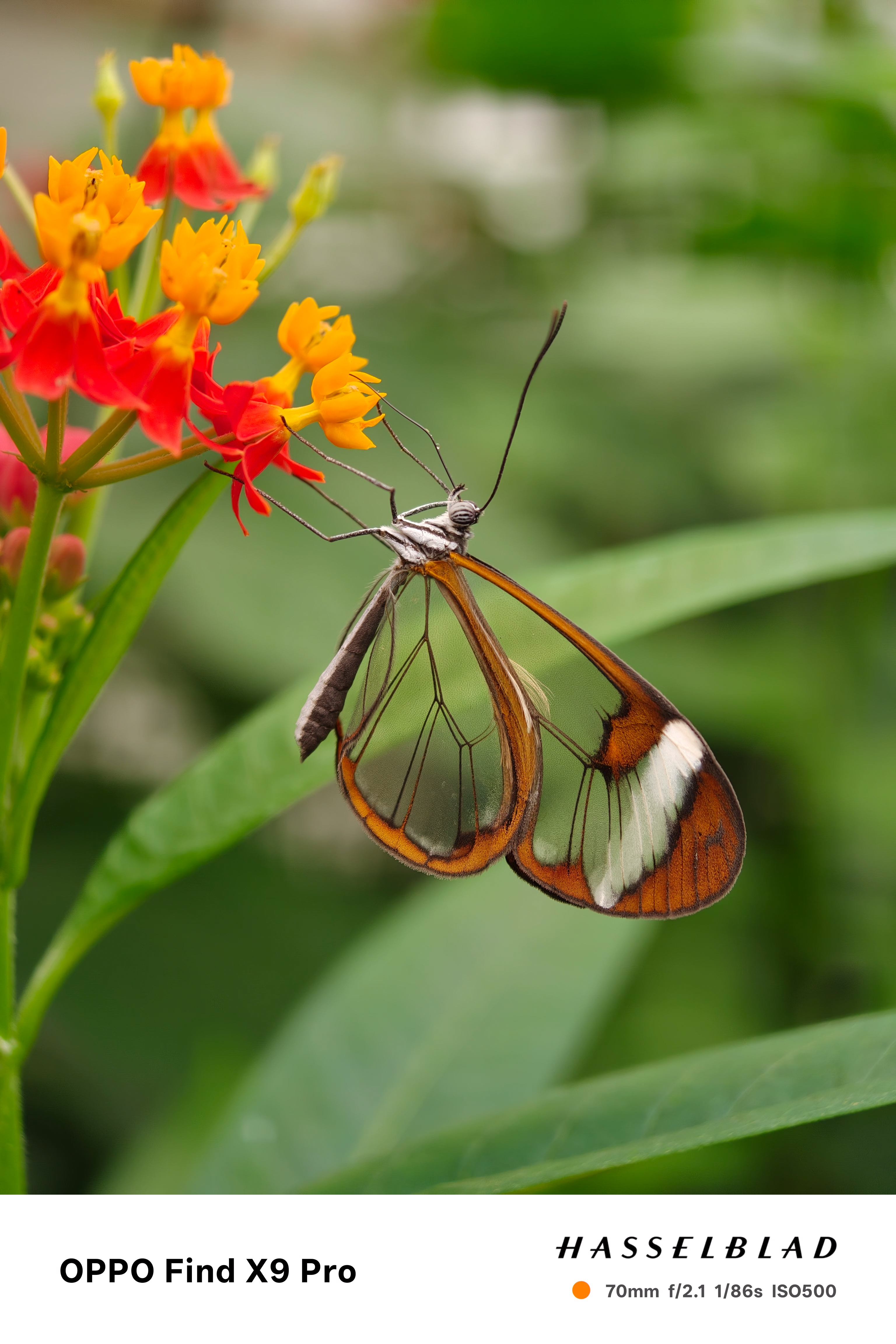
Rounding out the rest of the cameras. The wide camera is excellent, it uses Oppo’s Ultra XDR tech, which maximises the dynamic range and gives some pretty impressive results without being too heavy-handed and turning the sky into a deep, unrealistic blue like many other cameras. Sharpness is good, with plenty of detail for cropping, or the camera can shoot up to 2x lossless.
In a rarity, the ultra-wide camera isn’t half bad either. I usually don’t like an ultrawide, and the X9 Pro hasn’t really changed my mind, but I actually found myself using it more often than I usually do. Sharpness, colors, and dynamic range are all pretty good.
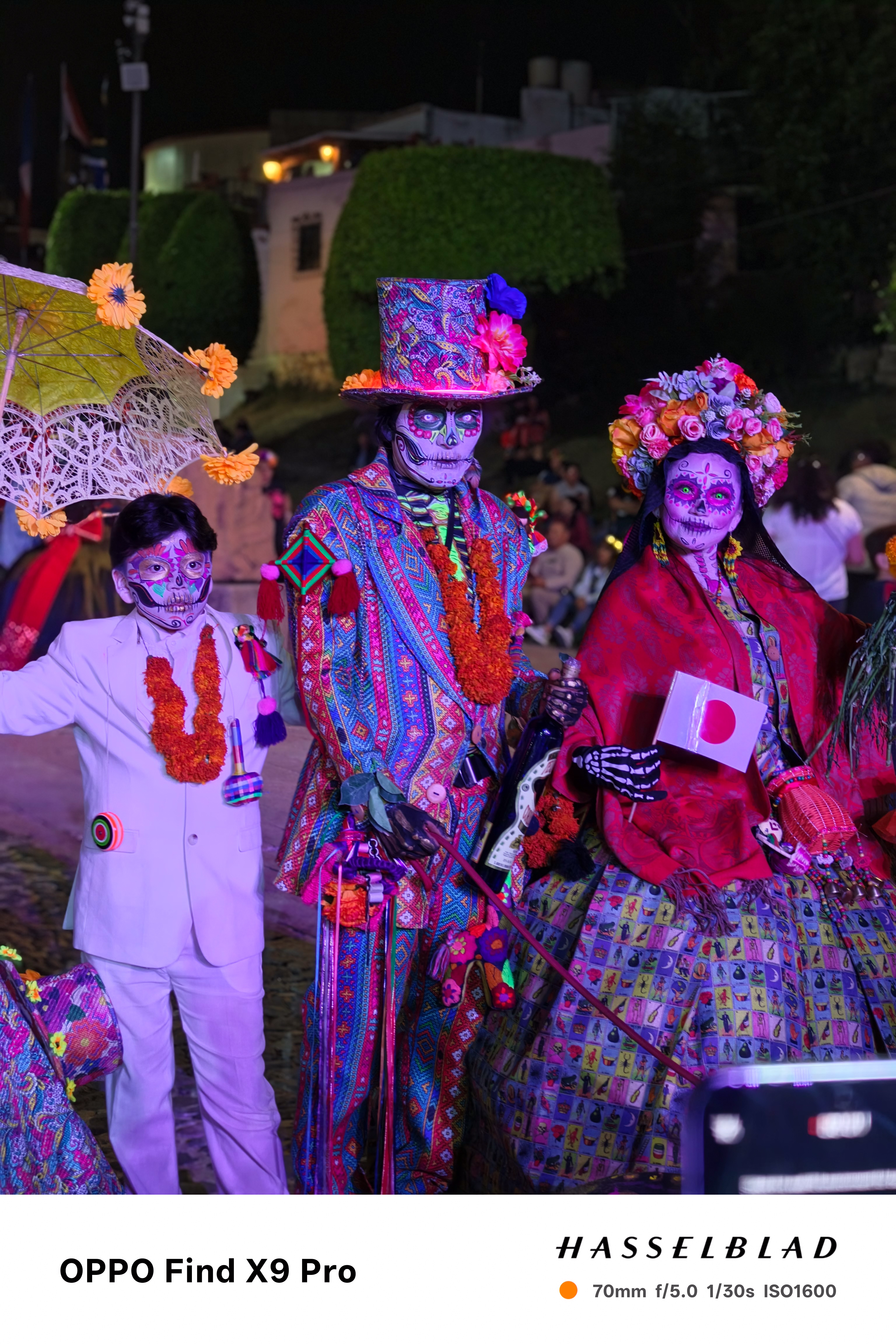

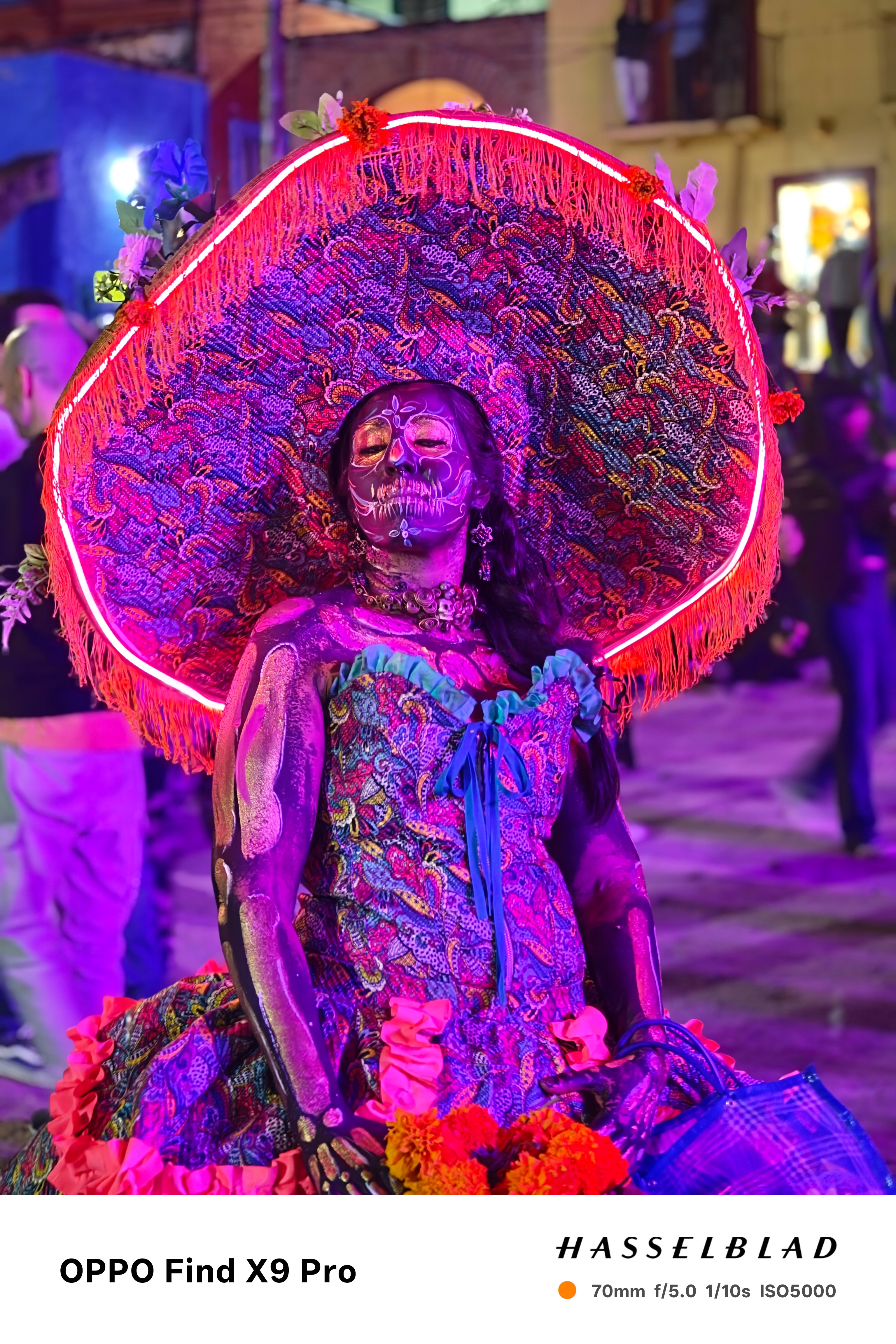
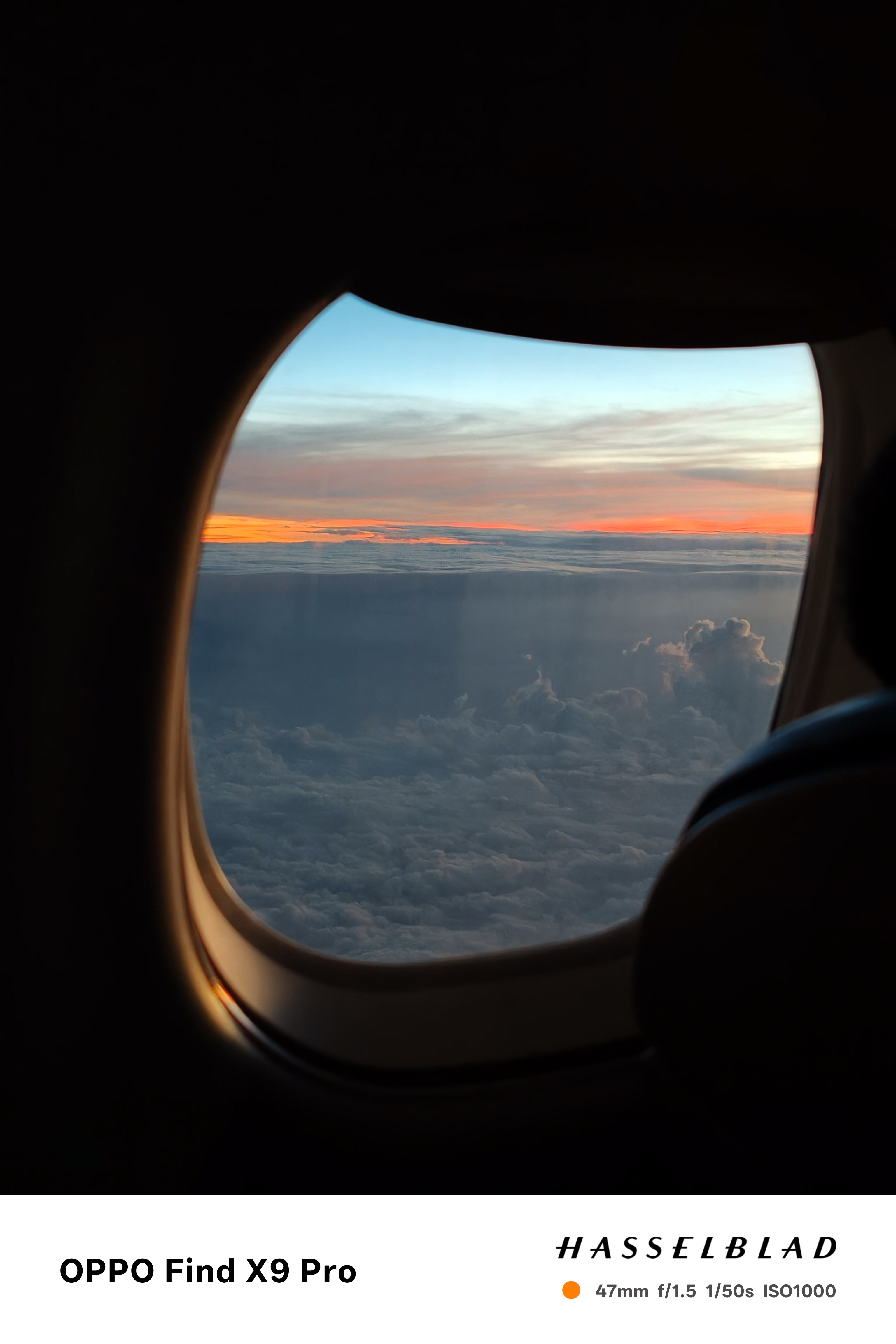
However, arguably the best camera in the whole system is the hidden fourth 2MP camera you can’t actually use. Inherited from the X8 Ultra, this is Oppo’s color spectrum camera, which reads a scene and applies optimal color balance across portions of the frame rather than the whole image. It worked wonders in the X8 Ultra, and I’m pleased to say it does it again here.
Flicking between the lenses on phones is usually cause for concern, with color consistency often being thrown completely out of sync between sensors, but the X9 Pro is pretty consistent across the board, with only the occasional wobble in harsh light.
It also performs well at night. In challenging street scenes with colored directional lights (made harder by the colorful Day of the Dead costumes I was photographing), the colors in the image were pretty bang on.


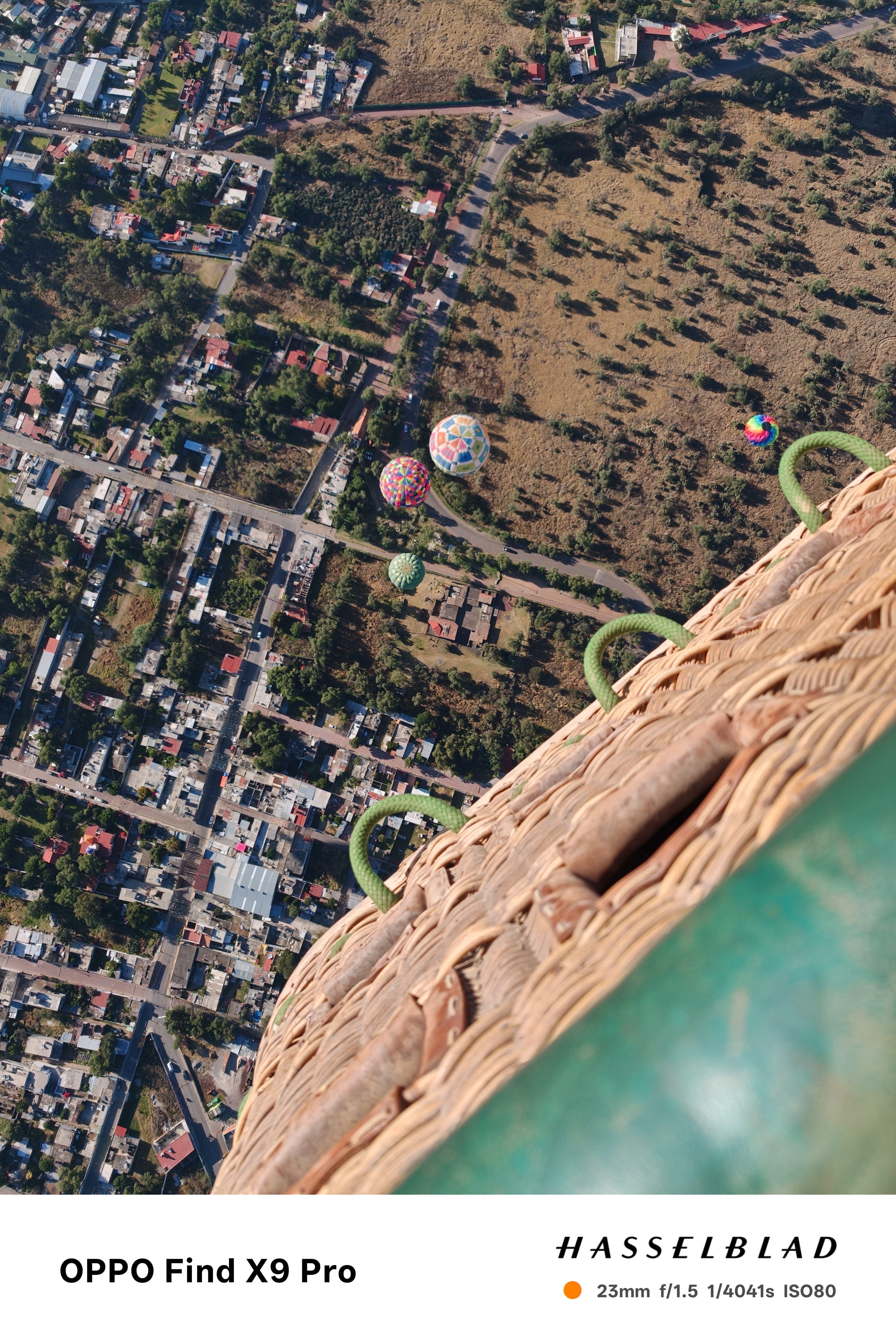
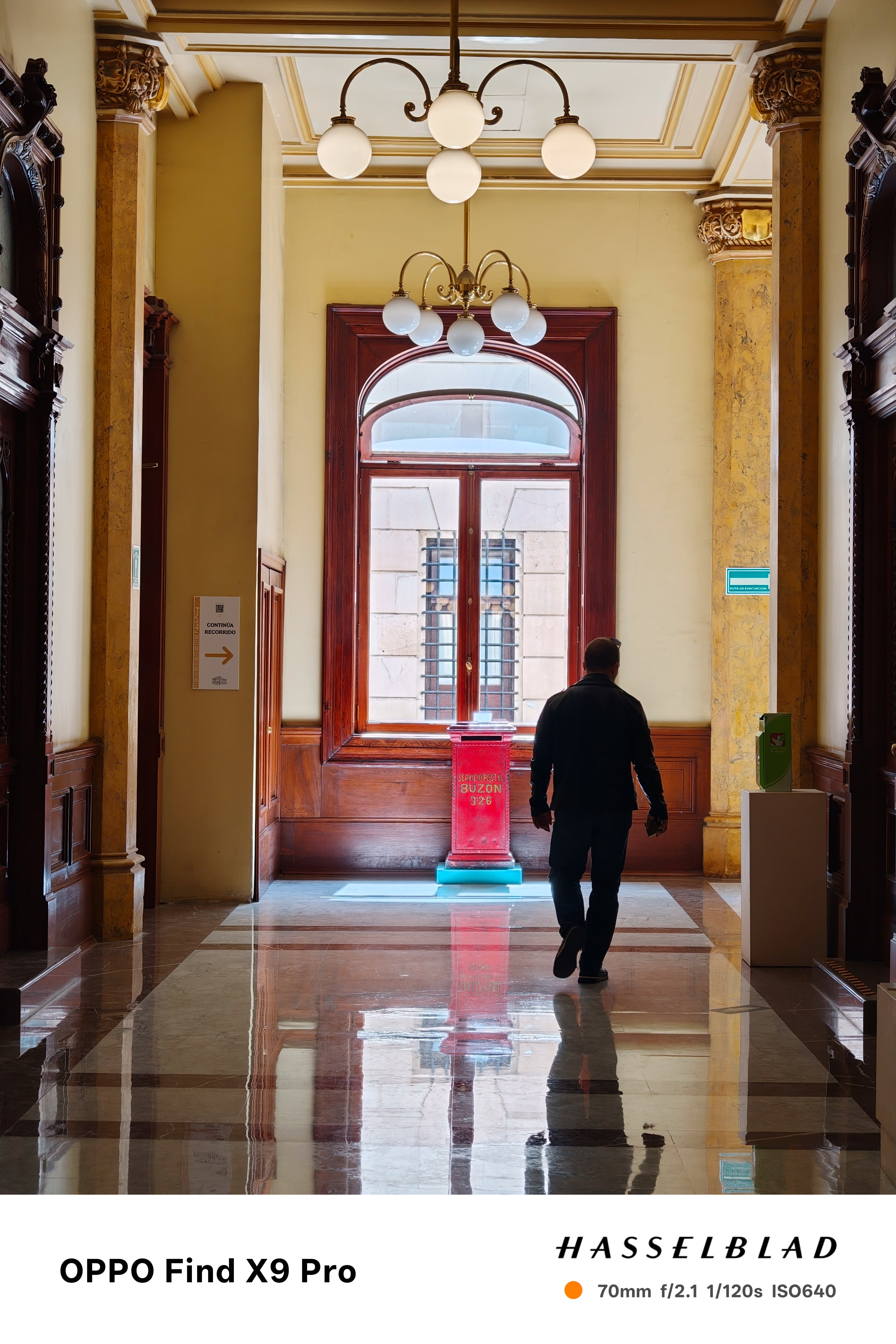
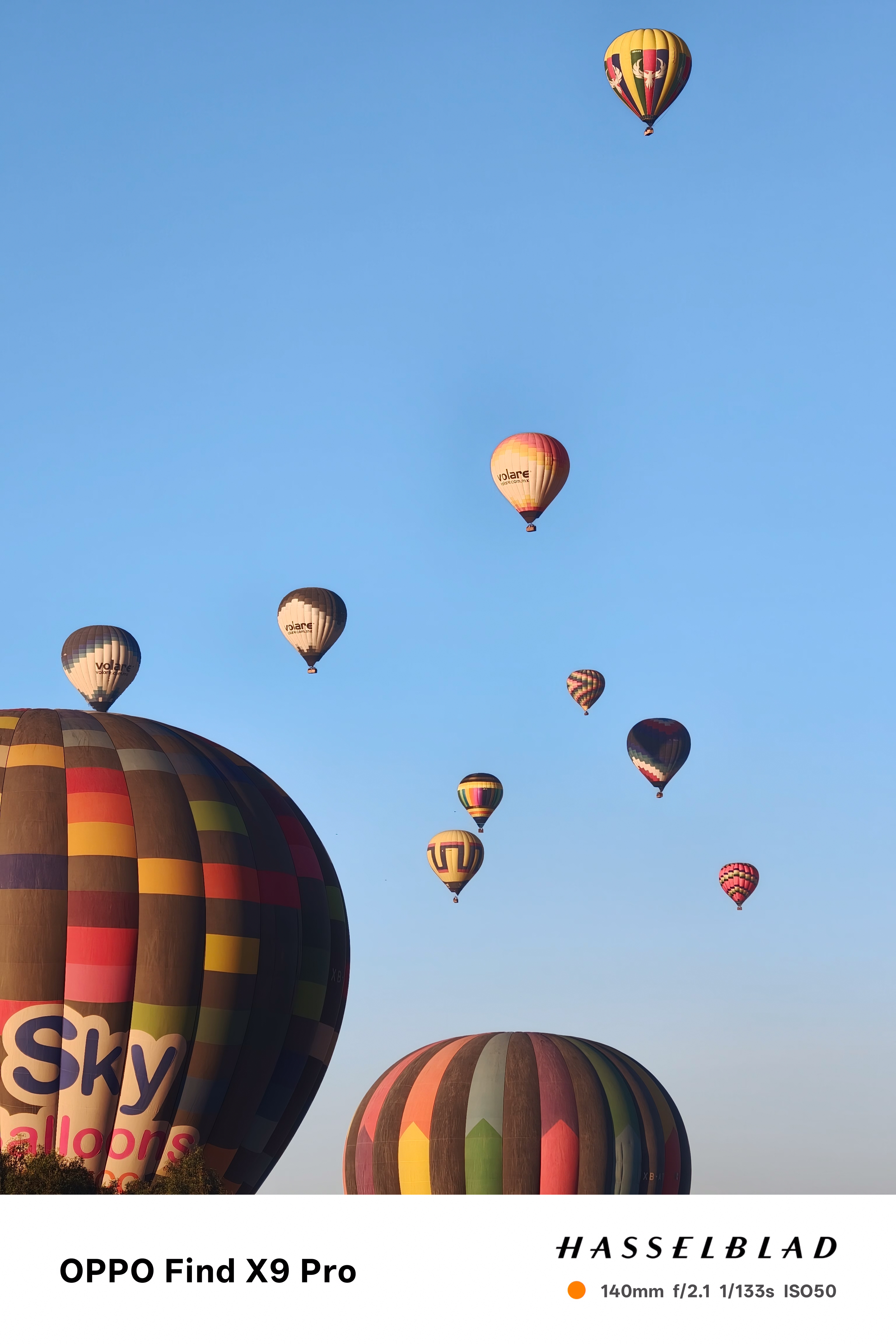
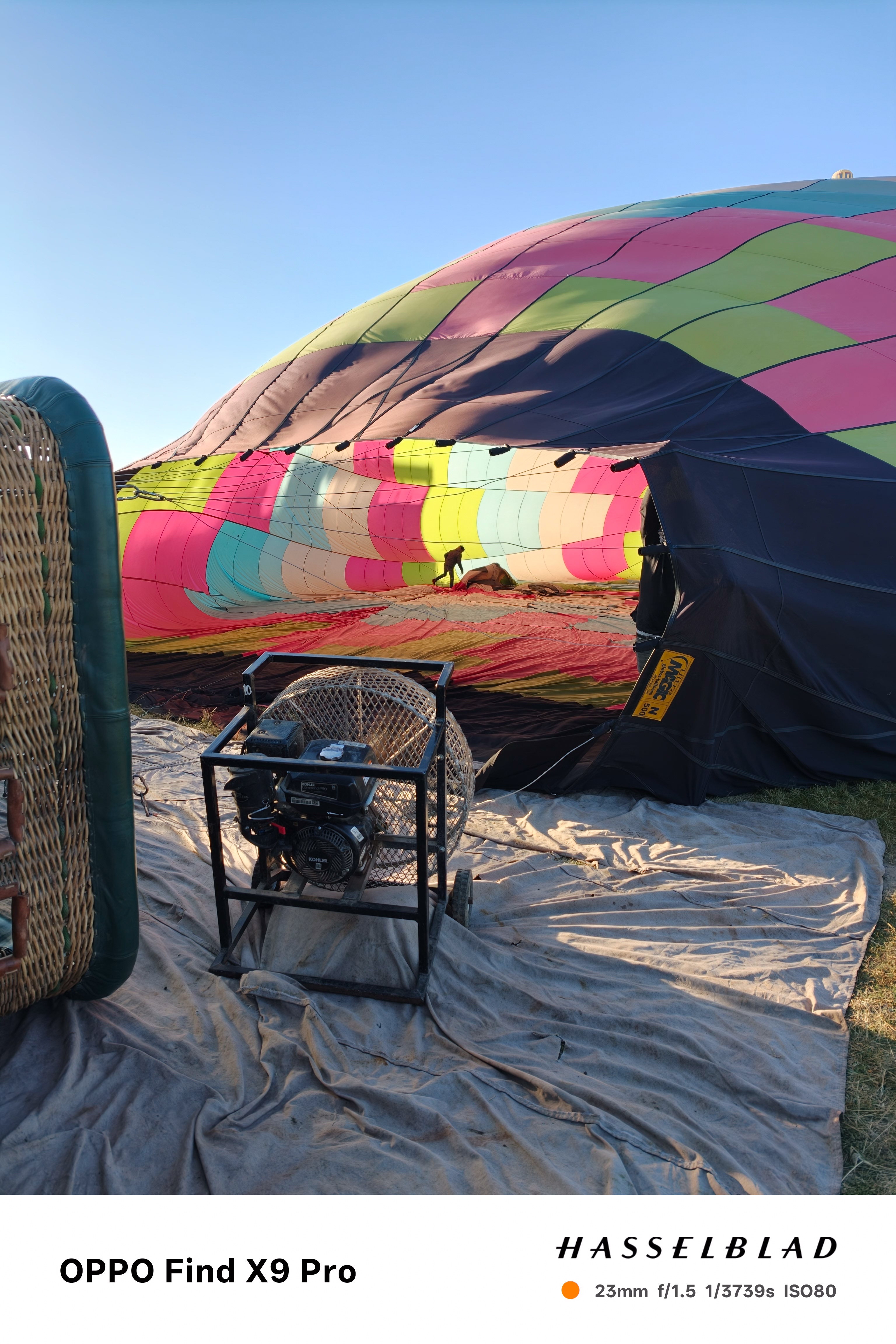



The X9 Pro has a new party trick of being the first phone to take 50MP photos by default – sometimes. The camera will only take 50MP photos in good light, when it doesn’t need to combine pixels to improve quality. I couldn’t quite work out what the actual cut-off was for how much light was needed, as even some cloudy days restricted the default capture to 14MP.
Sometimes, even two consecutive images of the same subject were at different resolutions. It would be really useful to have some sort of indicator flash up if you can achieve a 50MP shot.
If the camera isn’t going to default to 50MP, or you don’t want to risk not getting that high-res shot, you can force the camera to take 50MP photos in the dedicated Hasselblad Hi-Res mode. This mode also allows you to capture 200MP images using the telephoto camera, which, perhaps unsurprisingly, are massive, unwieldy files, so should only be taken for a special moment. You can also turn on 4K motion photos in this mode, which again, will take up significantly more space in your storage.
Lastly, video also gets a meaningful upgrade this year. The Find X9 Pro can now record 4K at up to 120fps, giving you the freedom to capture smoother, high-resolution slow motion. Oppo has also added Dolby Vision HDR and a LOG recording option, both of which will appeal to creators who want more flexibility when editing.
Dolby Vision preserves highlight and shadow detail straight out of the camera, while LOG captures a flatter image that’s designed for colour grading in post. It’s not going to replace a dedicated video camera, but as a compact tool for travel shooting or social content, the X9 Pro offers a genuinely useful level of control.
Oppo Find X9 Pro: Hasselblad Teleconverter
Launched alongside the X9 Pro is the new Hasselblad Teleconverter adapter, which teams up with the phone's telephoto lens to magnify the native focal length by 3.28x, resulting in a minimum focal length of 230mm (10x), up to a lossless 920mm (40x).
While this is Oppo’s first foray into lens adapters, it's not a new concept; we’ve recently seen Vivo leaning into this with the X300, and for years, third-party solutions from companies like Moment and Shiftcam have been available. These are really cool bits of kit, and as we potentially head to the limits of camera phone hardware, these lenses might be the next step in phone photography.

The setup is relatively simple but fiddly: you clip the case on, then you slide down a second cover over the camera module with the lens mount, then twist to lock the lens in place. The case and connections all feel sturdy and secure; however, there is no official hand grip here to balance out the lens, so it can feel a little precarious to hold.
The case also has the flaw of covering the other lenses on the phone, so each time you want to swap cameras, you need to slide the cover off, which isn’t hard, but it is annoying. Once removed, however, there is the question of carrying the lens; you either need to carry it attached to the small cover, which is hard to slip into a pocket, or take it apart and risk losing the small connecting cover. I hope for the Mark II version, Oppo ditches the cover piece altogether and builds the mount directly into the main case – with cutouts for the main and ultrawide.
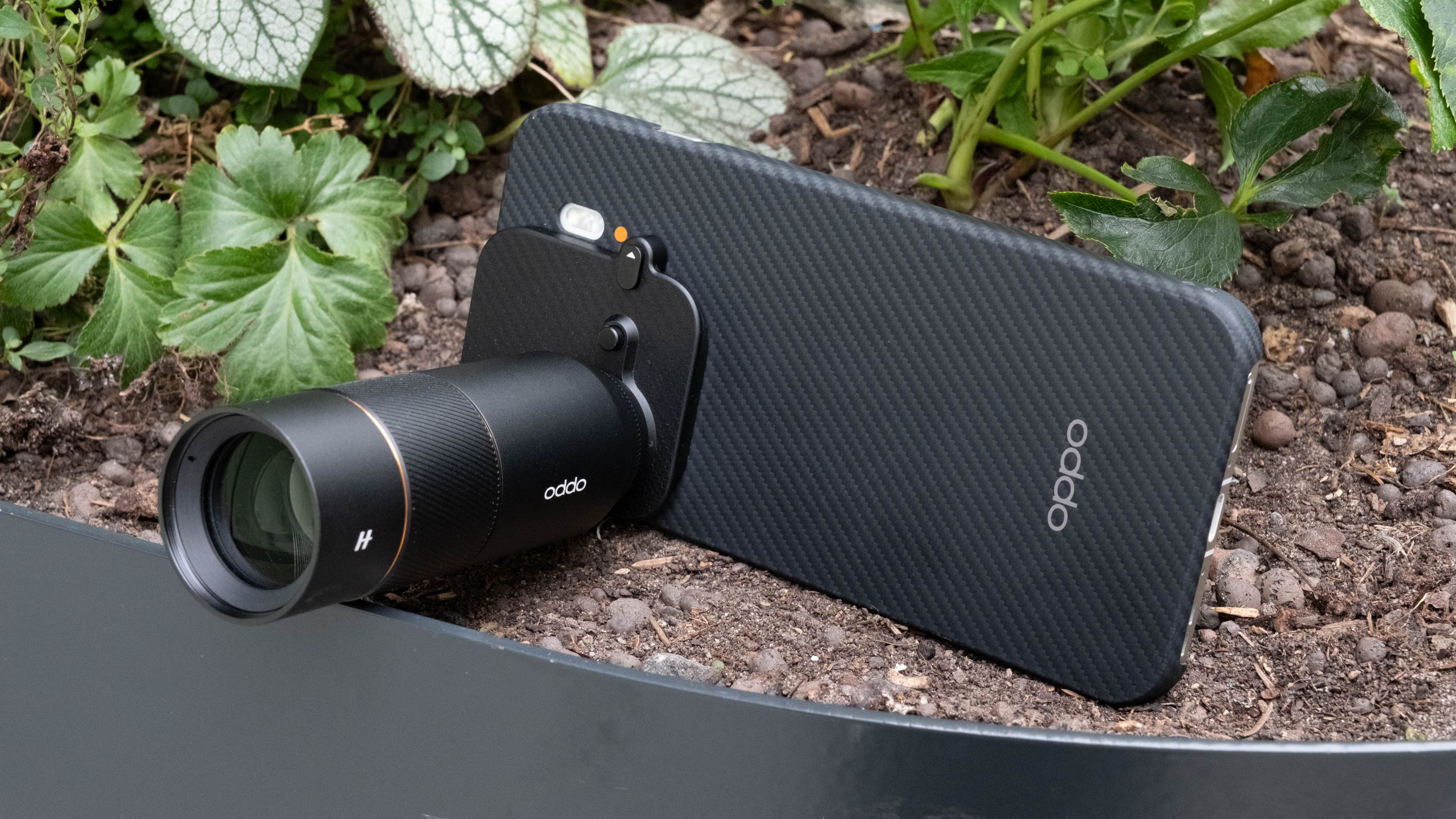
The image from the lens is inverted, so to effectively use the lens, you have to go into the dedicated Hasselblad Telephoto Adapter module in the camera app. Firstly, this is far too long a name to display properly on the bottom bar. But secondly, this means that you can only use the lens with standard photo and video; there is no option to use the teleconverter in portrait mode, master mode, pro video, night mode, time-lapse, etc, which is frustrating, and I really hope that in future updates, Oppo can build a teleconverter toggle in other modes in the camera app.
But after all that nitpicking, is it actually worth using? And the short answer is an emphatic yes! Results from the lens are outstanding, and far beyond what is achievable using the standard telephoto lens zoom alone. The detail that the 200MP sensor, plus adapter, is able to reproduce is unreal for a phone. In good light, I was picking up individual feathers on a bird, or stands of hair; it's remarkable. The compression of the lens also gives a pro camera look to images, and in some shooting situations, I might well struggle to tell if I took these on the Oppo or a dedicated camera.
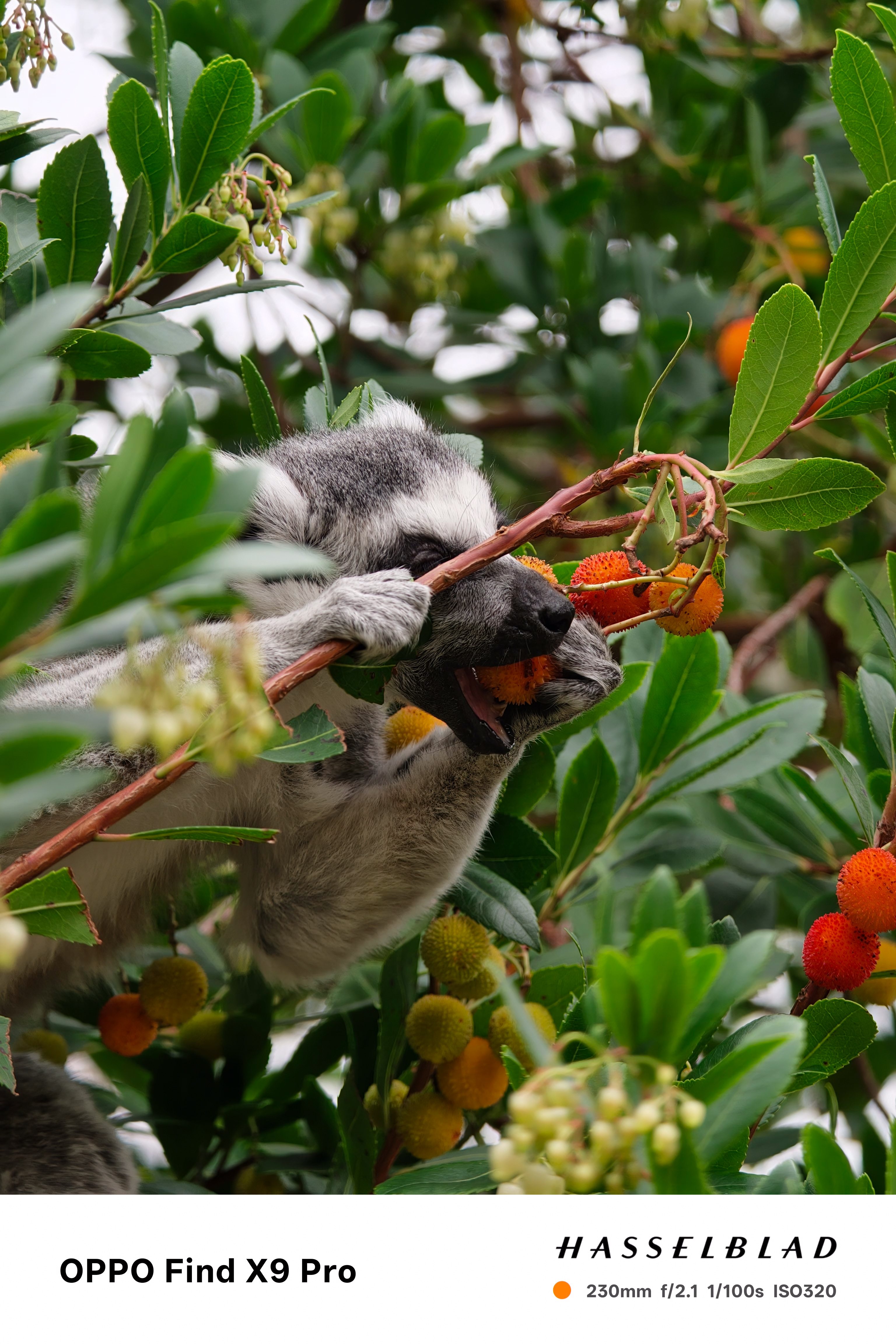
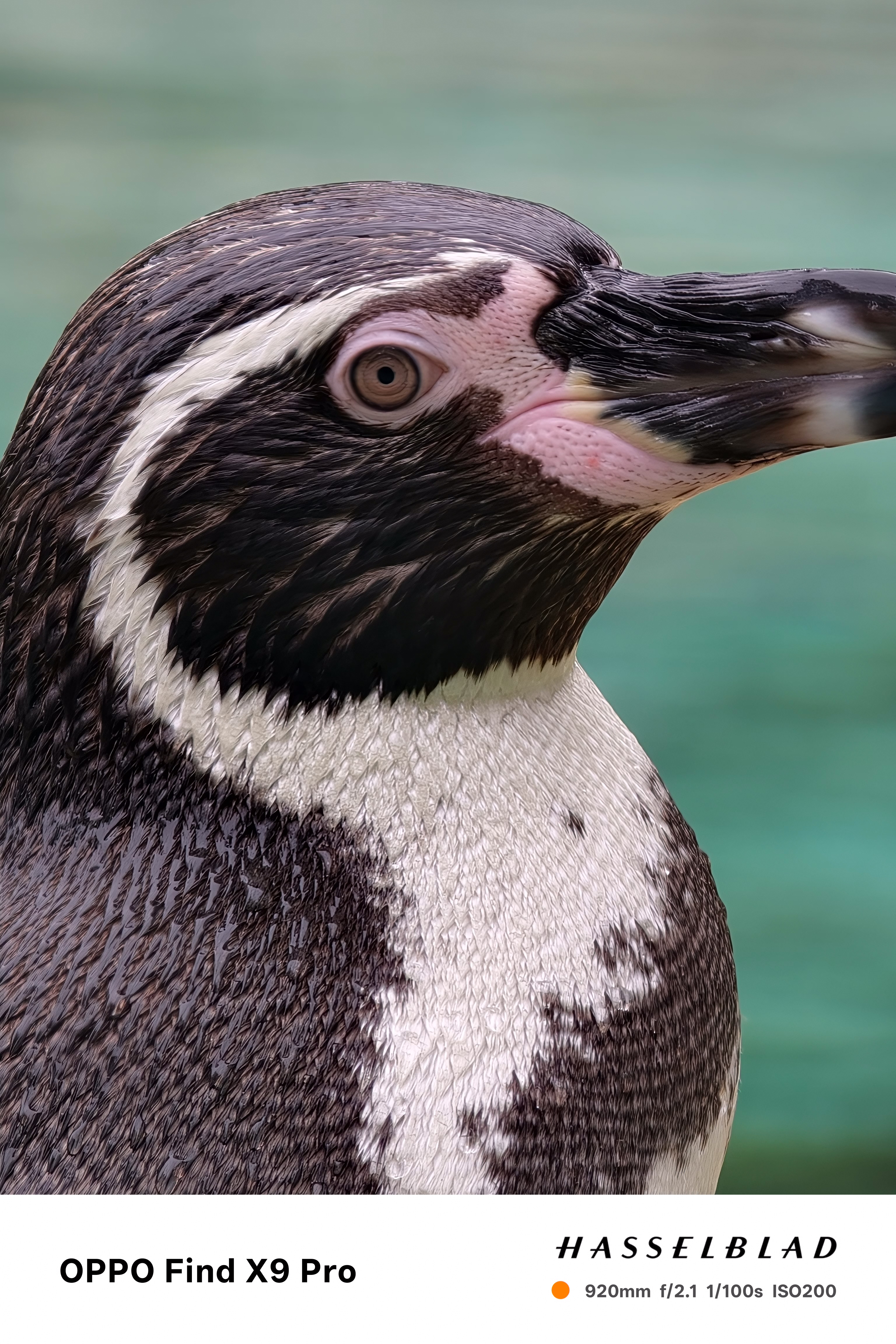

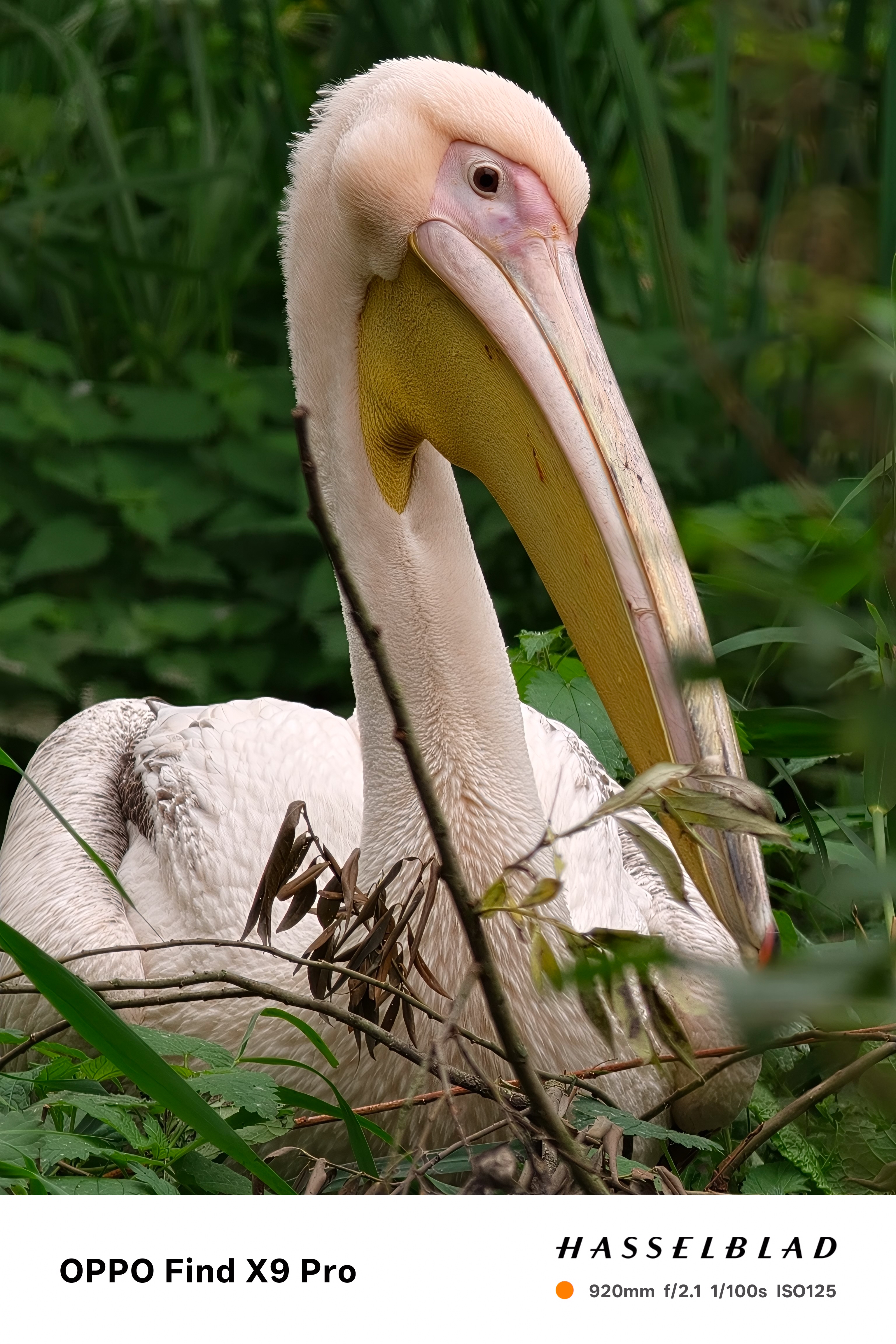


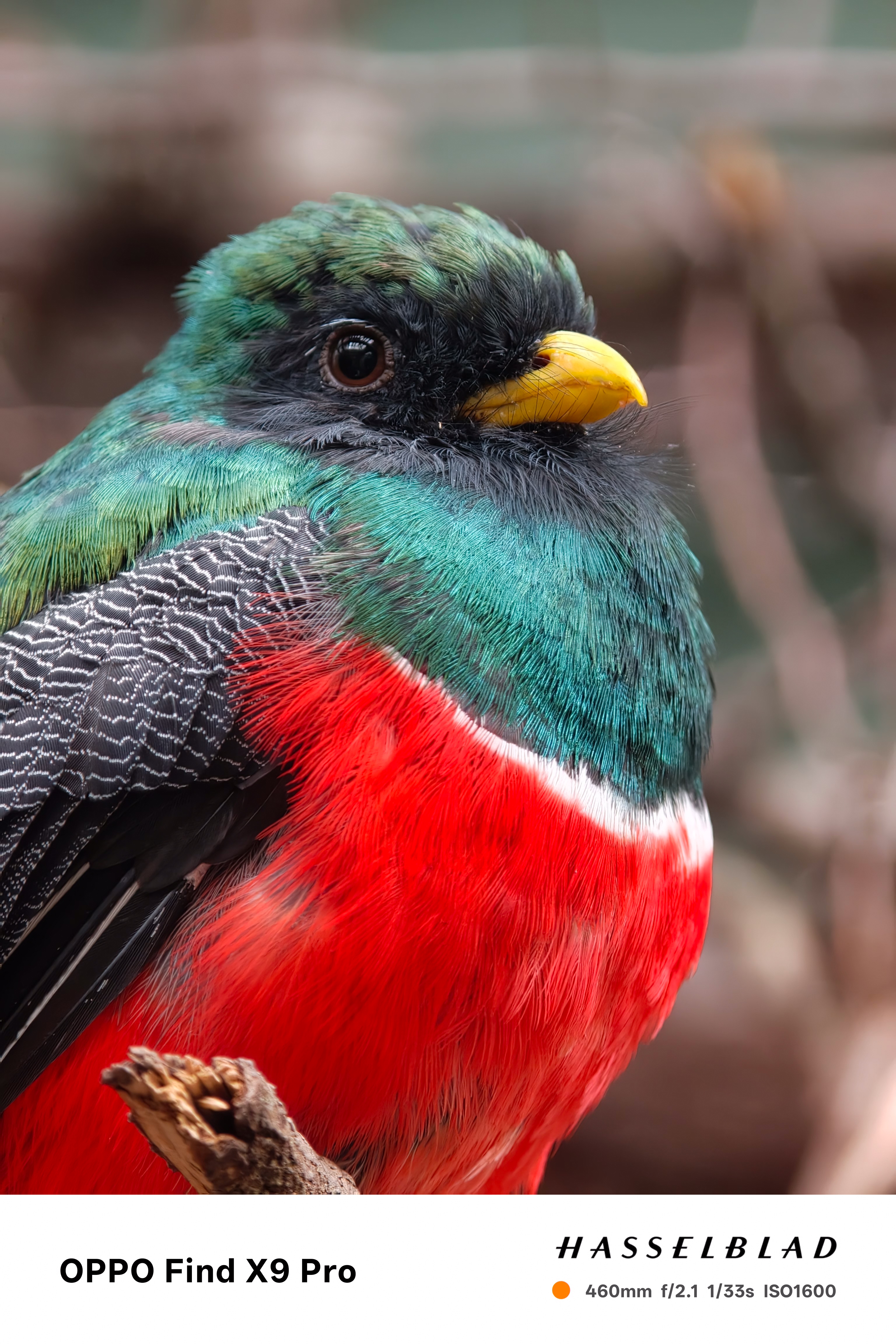
However, it’s not all a perfect first attempt. For close-up shots, I would love a bit more control over the depth of field, as the phone naturally chooses to keep it very tight, which is fine for subjects shot straight-on, but can be too narrow for subjects over a wider focal plane. A portrait mode style aperture slider would be great, or making the teleconverter compatible with master mode could unleash this lens for taking photos of insects, flowers, and other tiny details.
You can also zoom beyond 40x (with the zoom topping out at 200x with the converter), although, like the regular zoom, this is using AI to improve images, so it's a mixed bag depending on your subject, with 200x usually being far too ambitious to get serviceable results you'd want to show off.

Hasselblad Teleconverter lens
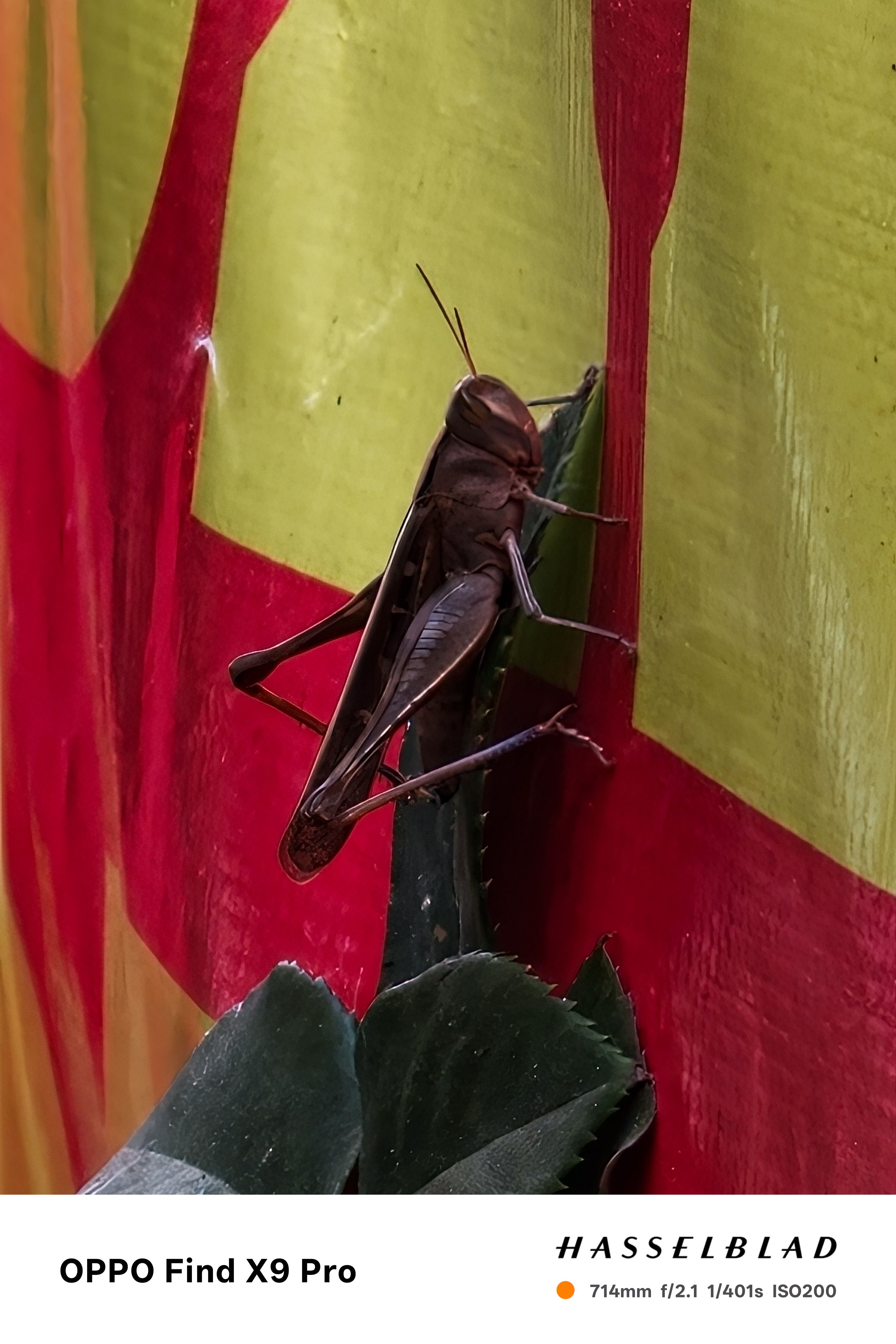
Digital zoom
Above: the Hasselbald teleconveter lens vs the native digital zoom
Oppo Find X9 Pro: Phone Performance
The Find X9 Pro is powered by the latest flagship processor from MediaTek – the Dimensity 9500 – alongside a healthy 16GB of RAM, and it simply flies. Day to day, I have experienced no slowdowns, hung apps, or wonky animations. Oppo keeps doing this demonstration where it opens and closes dozens of apps in quick succession to show how fast the OS is. It’s absolute madness, but it really does work.
Editing photos and videos is really slick. I usually like to stick to Google Photos as it’s what I know, and consistent across devices, but the default Oppo Photos app is impressively powerful and visually very nice to use. Adjustments in the app apply very quickly, and even several stacked adjustments don’t slow down the processing. The video editor is also surprisingly powerful, with the option to splice multiple videos together, add music, text, filters, and frames – it's pretty much TikTok-ready.
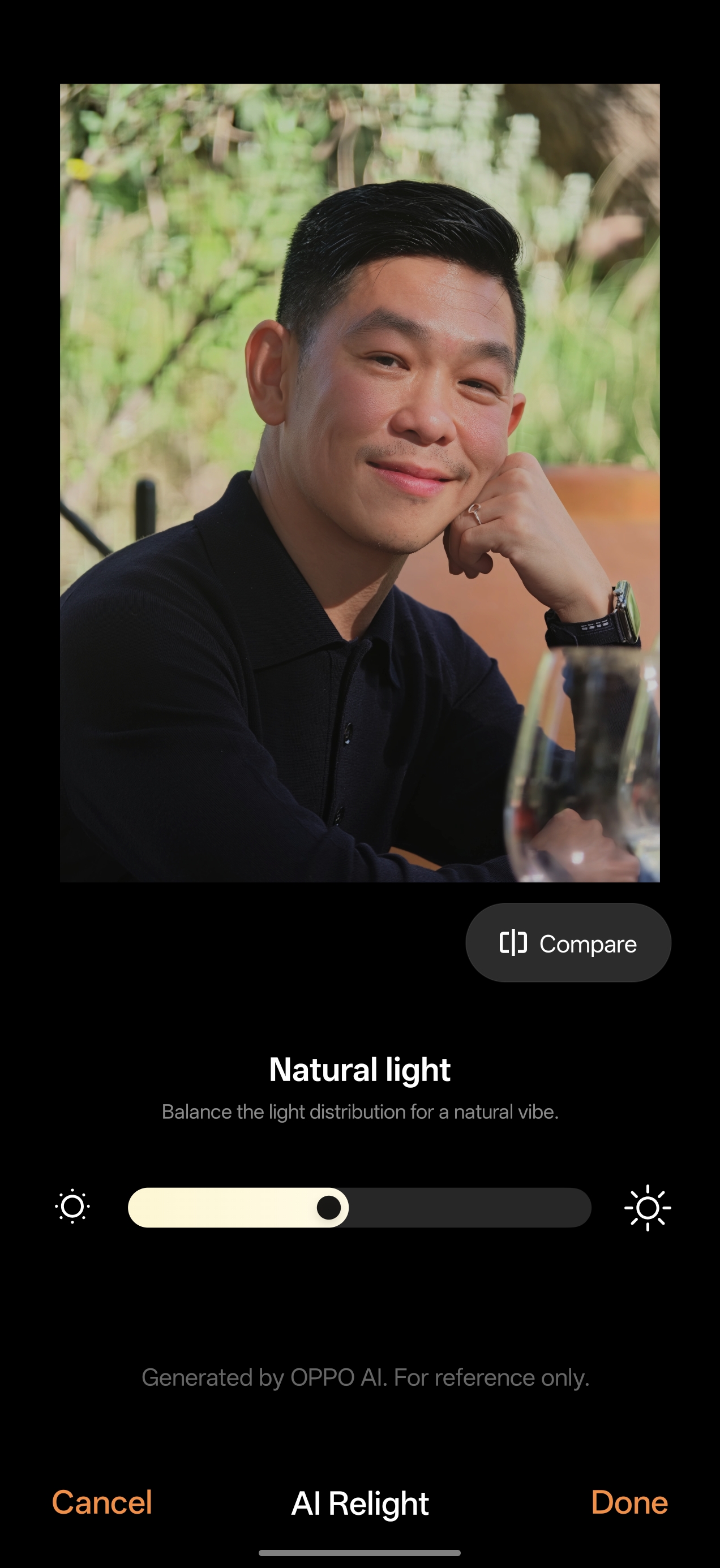
The AI tools have also become faster and grown in number since the X8. The typical AI Object Eraser, Detail Enhance, and Reflection Remover are quicker to use with improved results. These are also joined by newer options, including AI portrait re-light, which uses AI magic to even out lighting on faces in shadowy portraits – it's eerily natural looking and is fast becoming one of my most used editing features.
The crowning achievement of the X9 Pro, though, is the battery – this thing is an absolute unstoppable monster. I have never gotten battery life like this from a phone before. The X9 Pro has a huge 7500mAh cell, which, for context, has 50% more capacity than the iPhone 17 Pro Max or Samsung Galaxy S25 Ultra. This is achieved through a next-gen silicon-carbon material, which is a more dense material capable of holding more charge than typical Li-ion batteries. Yet it doesn’t slow down charging speeds with a maximum 80W SUPERVOOC compatible wired charger, or up to 50W AIRVOOC wireless charging – although disappointingly, there is no Qi2 compatibility for magnetic alignment without a case, which I would take every time over AIRVOOC.
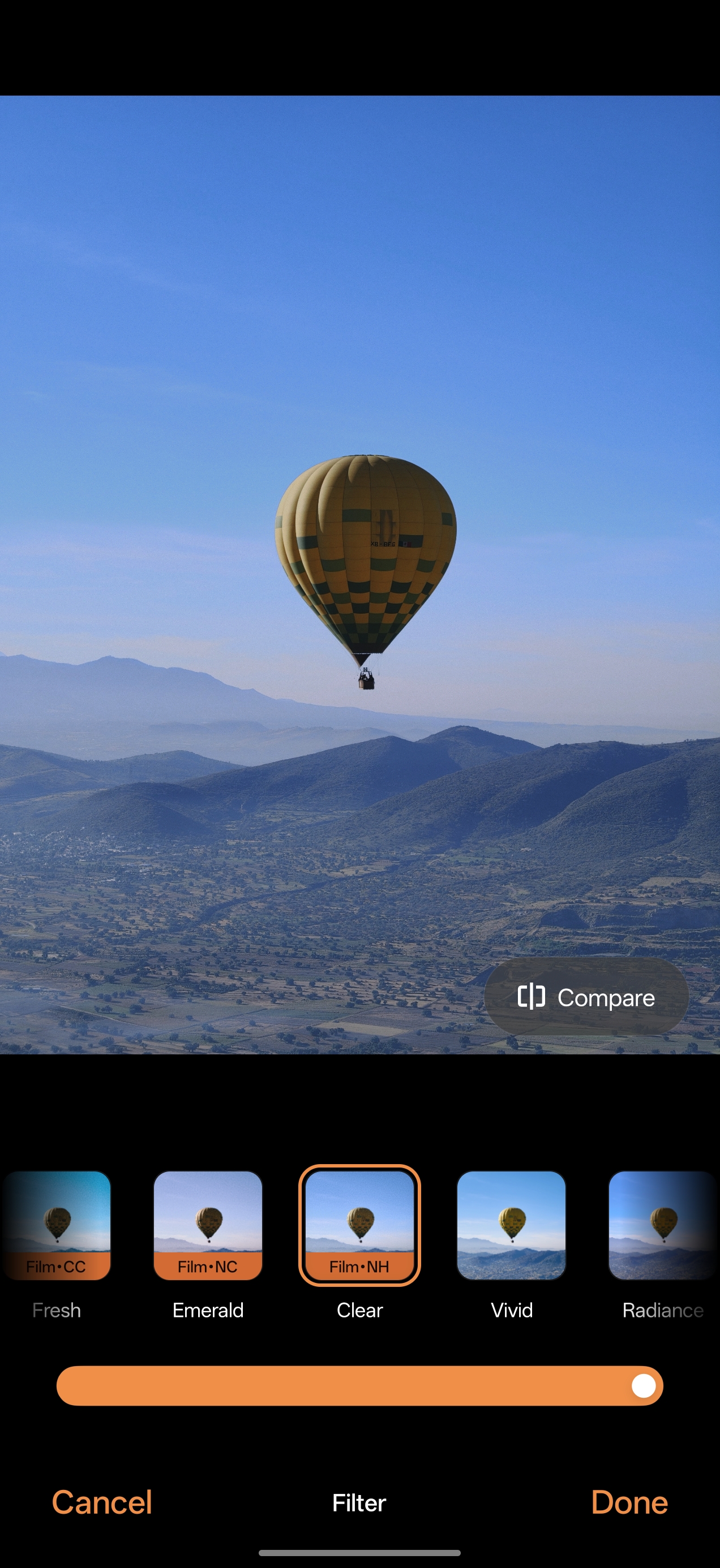
In real-world terms, I was getting well over a day of heavy use from the X9 Pro. That was going out all day, using 4G/5G, taking photos and videos, messaging, maps, browsing the web, calling up Gemini. It's the first time I haven’t had to worry about getting my phone on charge before I fall asleep. On days with light use, typically working from home, I have gone two full days between charges.
Also, a shout-out to Oppo’s connectivity. While testing the X9 Pro, I have also been using the Pixel 10 Pro XL, alongside the Pixel 10 Pro Fold and iPhone 17 Pro Max. All of which, when connected to the same network, in the same location, struggled for signal or speed – where the Oppo didn’t.
Oppo Find X9 Pro: Verdict
Oppo might not be the first name that springs to mind when you think flagship Android phone, but with the Find X9 Pro – perhaps it should be. If it wasn’t for another Oppo phone – the X8 Ultra – I would easily name the X9 Pro as the best camera phone of the year. Where other mainstream brands' cameras have somewhat stagnated over the last few generations, the X9 Pro feels like a breath of fresh air.
Quality across all three cameras is excellent, with some of the best consistency between lenses I have seen yet; colors are natural, and thanks to the dedicated color spectrum camera, very accurate. By itself, the 200MP telephoto lens is an absolute star of the show, managing to pull so much detail out of subjects so far away, but combined with the optional Hasselblad telephoto adapter, it's a game-changer for phone photography, and an accessory I think everyone buying this phone should seek out.
Outside of the cameras, it's a beautiful and premium-looking phone, although maybe slightly bland. Moving the camera array to the top corner is a big plus; it's now easier to wrap your hand around the phone without getting grease on the lenses. But the thing that sold me on the X9 Pro almost as much as the cameras is the battery that just keeps going; this thing is a two-day monster, and I now struggle with the daily disappointment of my Pixel.
It’s hard to break up with your phone, but if you are a photographer who is bored with the big brand’s iterative updates and is willing to try something new, I think after a few weeks with the Oppo Find X9 Pro, you won’t regret it.
Design | The X9 Pro is a premium-looking and feeling phone, and I appreciate the resigned camera bump out of the way of my fingers; however, it might be a little too discreet to stand out from the crowd. 4.5 |
Camera Performance | Incredible and consistent camera performance across all the lenses, although the 200MP telephoto is the star of the show with bags of detail. The optional Hasselblad teleconverter is also a game-changer for phone photography. 5 |
Phone Performance | The latest MediaTek processor handled everything thrown at it, but the headline here is the 7,500mAh battery that keeps going and going. 5 |
Value | It's a more premium price than maybe expected from Oppo, but the X9 Pro manages to outclass the camera hardware of most mainstream flagships while still competing on price. 4.5 |
Overall | ★★★★★ |
Alternatives
The Samsung Galaxy S25 Ultra is the best known Android "Pro" phone, and for good reason, it's got slick software and great cameras, but it's also a little boring with successive iterations being a little too safe and samey.
<p><strong>Read the full <a href="https://www.digitalcameraworld.com/tech/phones/samsung-galaxy-s25-ultra-review"><strong>Samsung Galaxy S25 Ultra reviewThe Google Pixel 10 Pro XL offers perhaps the most reliable cameras in the Android world. I really like Pixel processing. But Google falls far, far behind the competition for video.
<p><strong>Read the full <a href="https://www.digitalcameraworld.com/tech/android-phones/google-pixel-10-pro-and-pro-xl-review"><strong>Google Pixel 10 Pro XL review
Gareth is a photographer based in London, working as a freelance photographer and videographer for the past several years, having the privilege to shoot for some household names. With work focusing on fashion, portrait and lifestyle content creation, he has developed a range of skills covering everything from editorial shoots to social media videos. Outside of work, he has a personal passion for travel and nature photography, with a devotion to sustainability and environmental causes.
You must confirm your public display name before commenting
Please logout and then login again, you will then be prompted to enter your display name.

